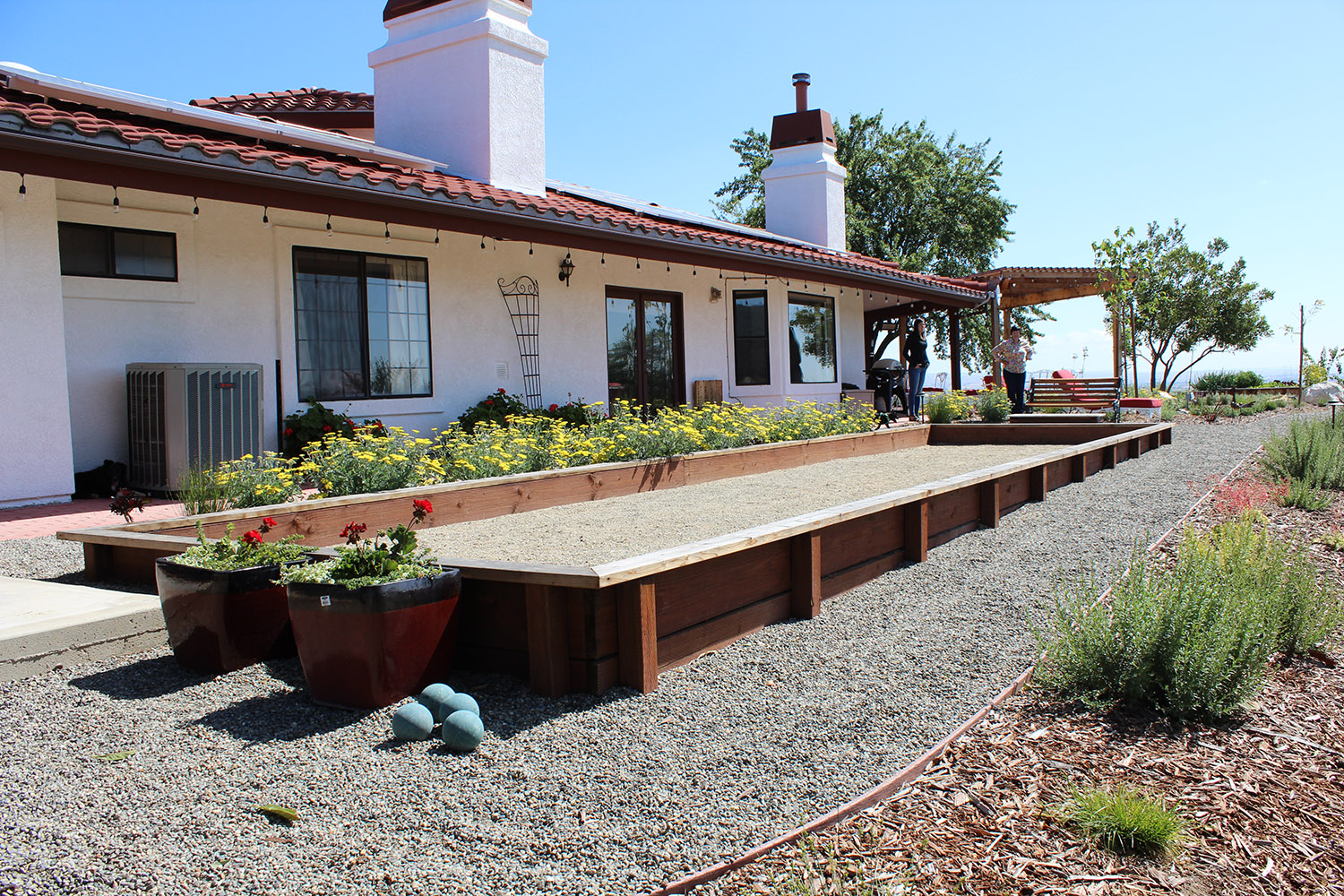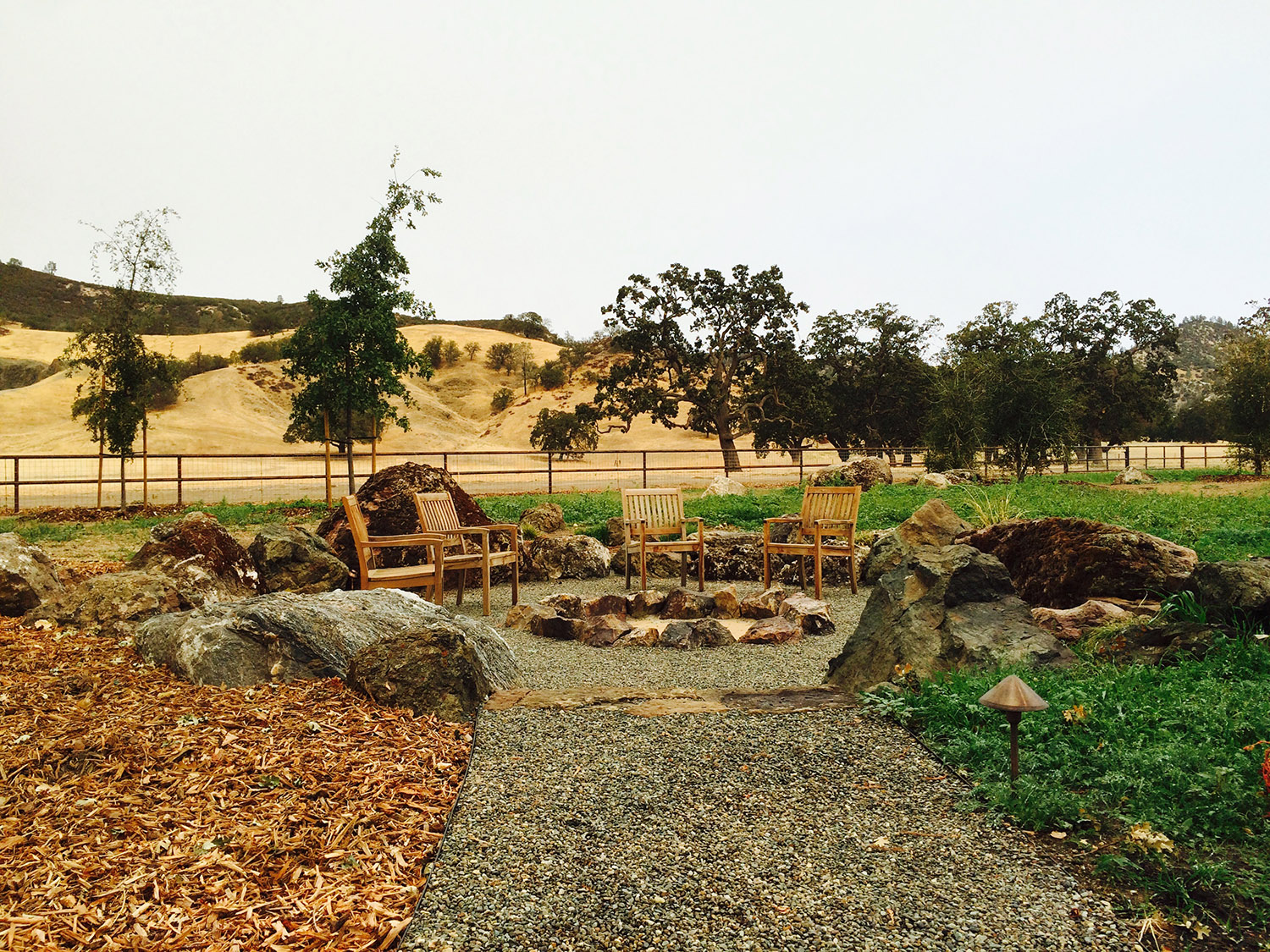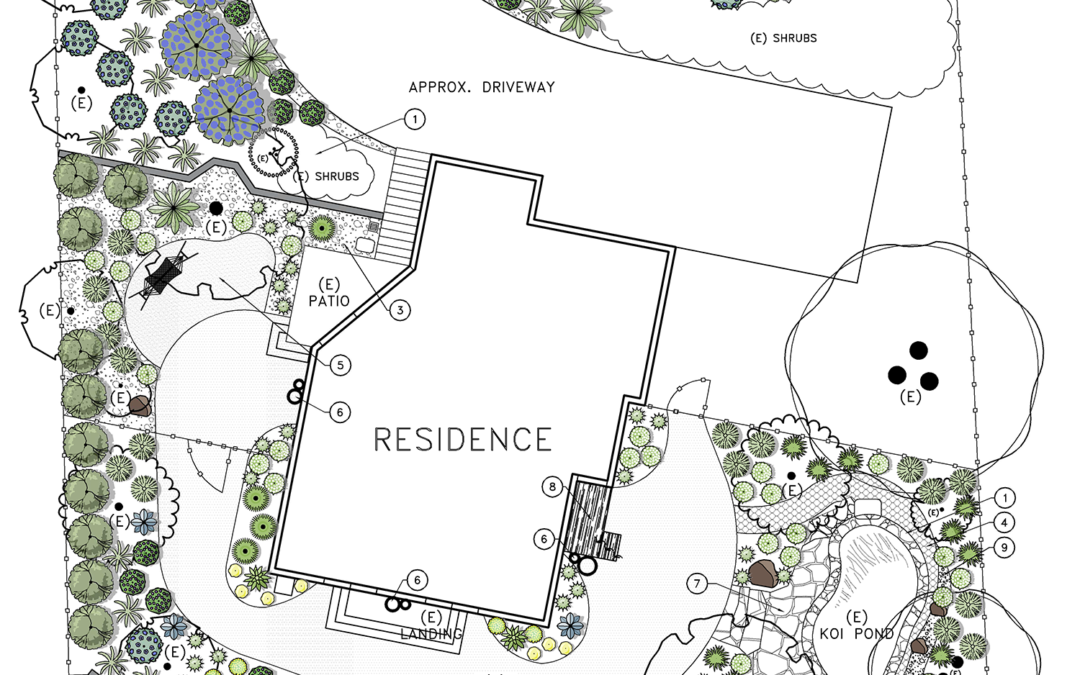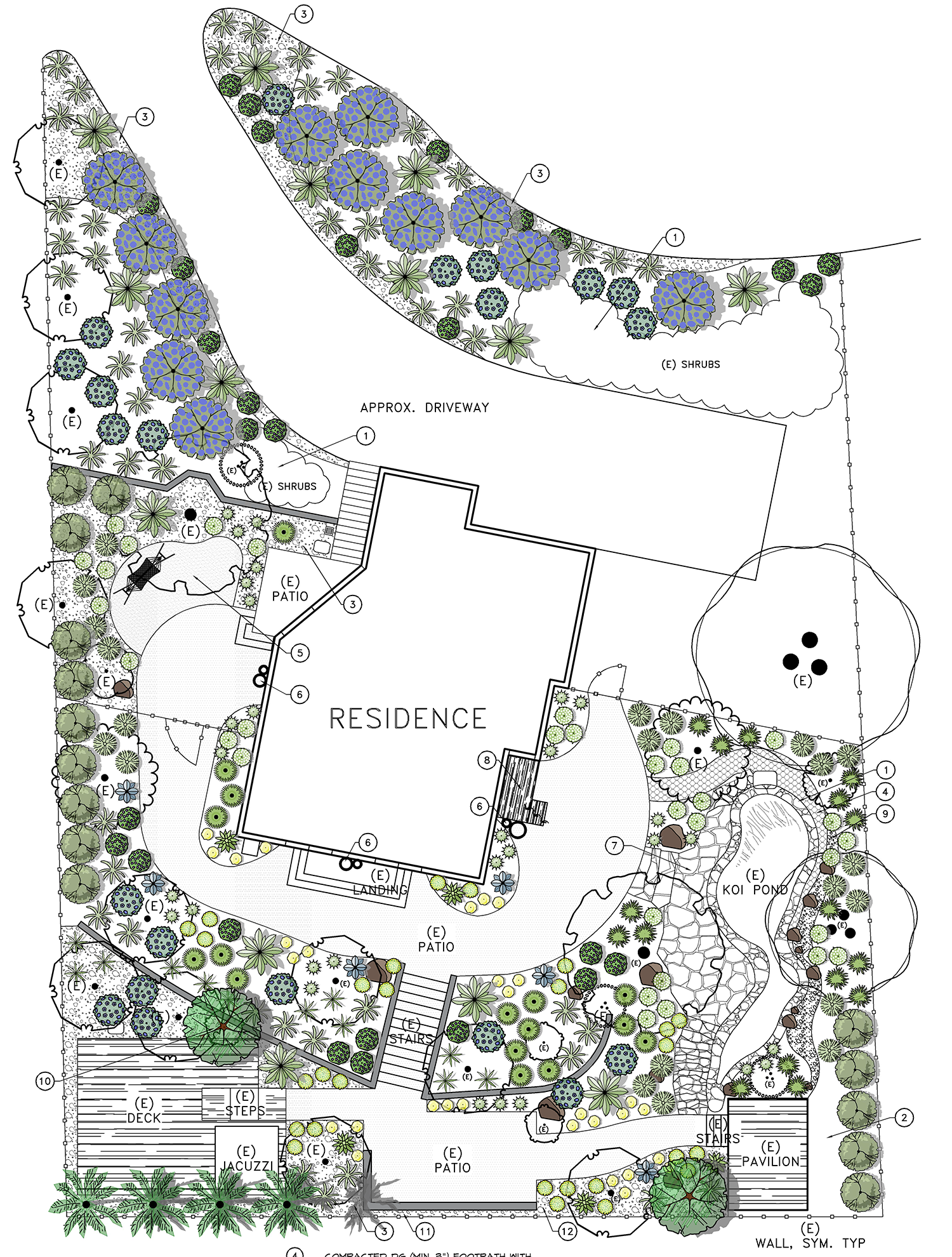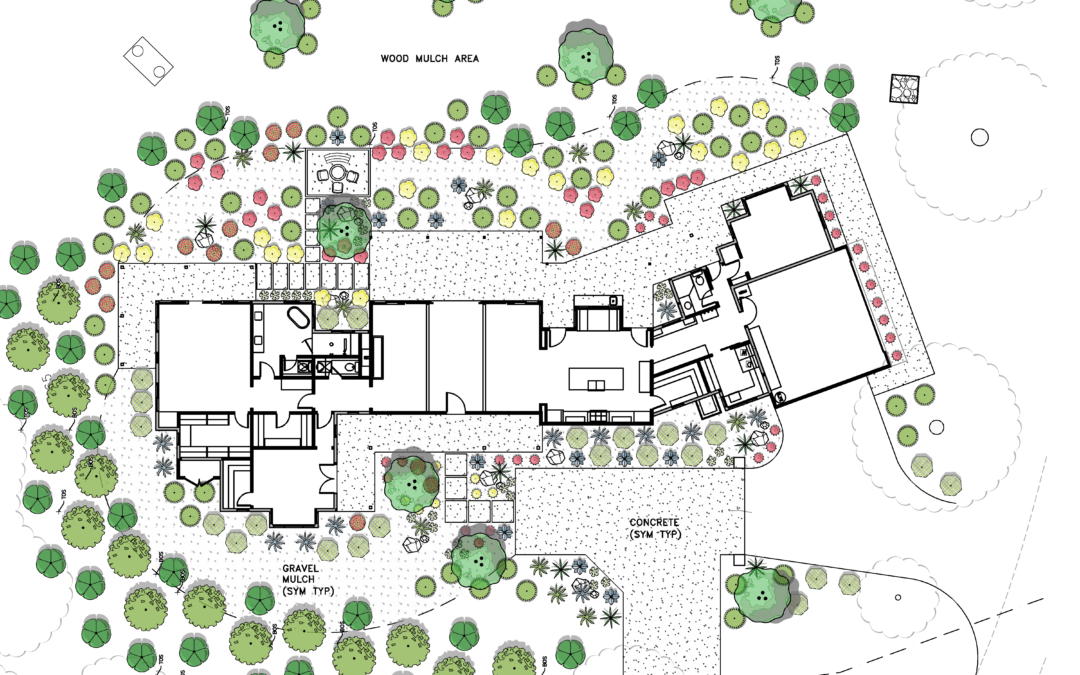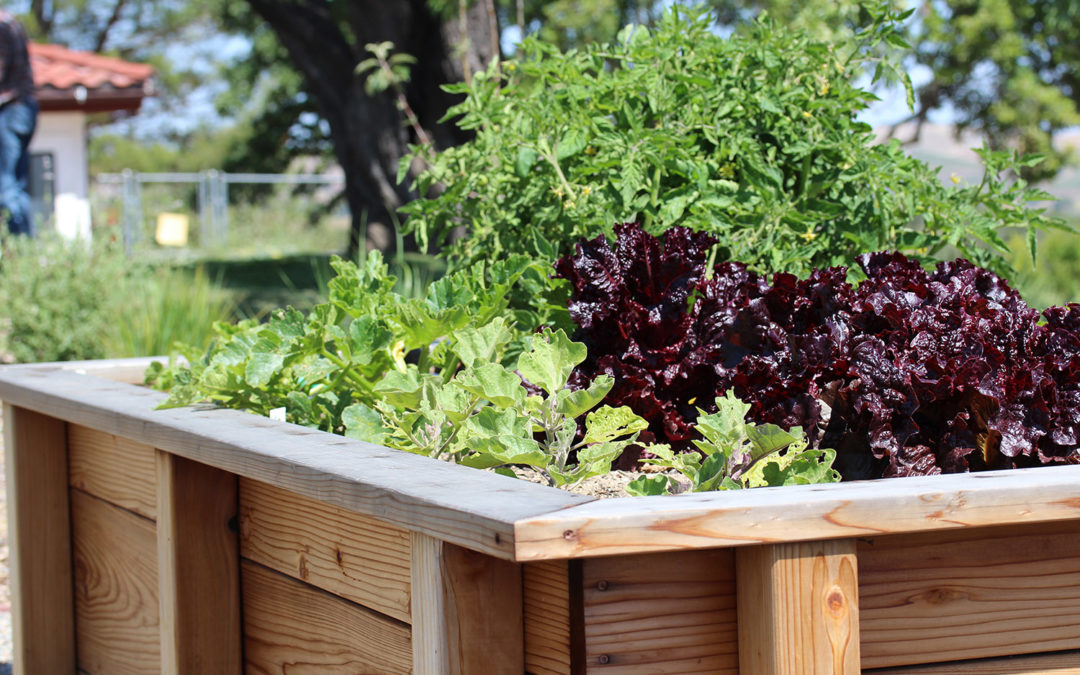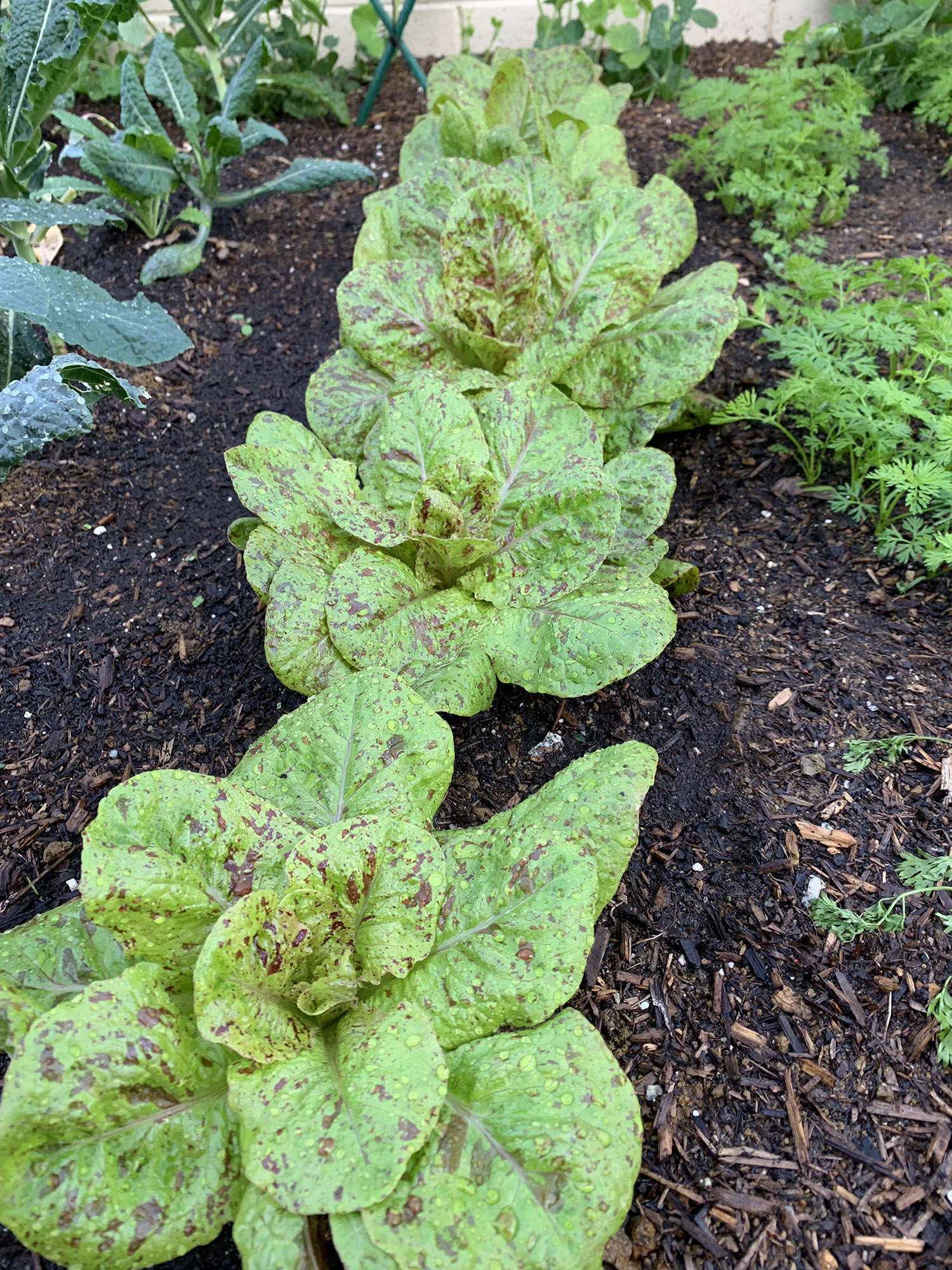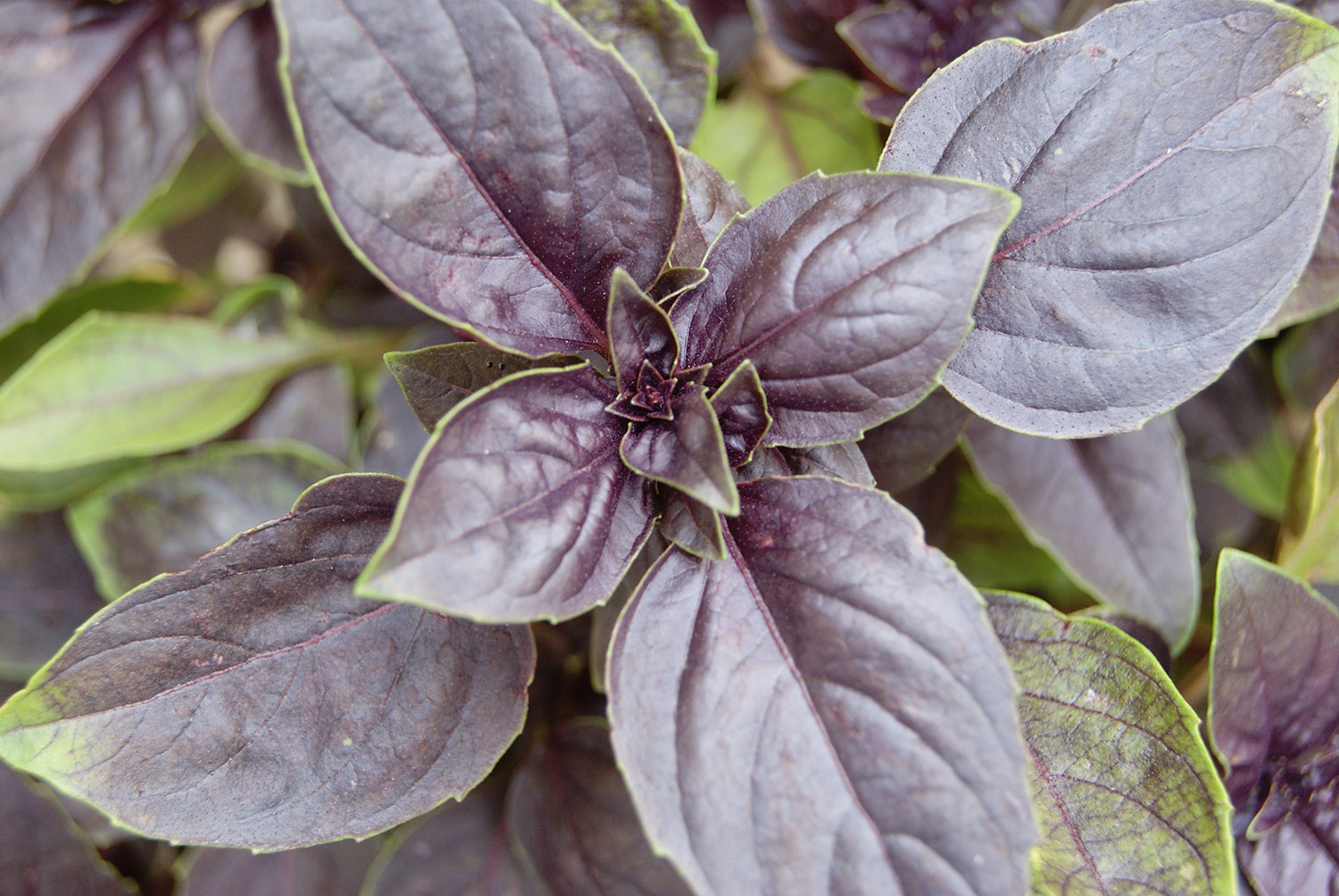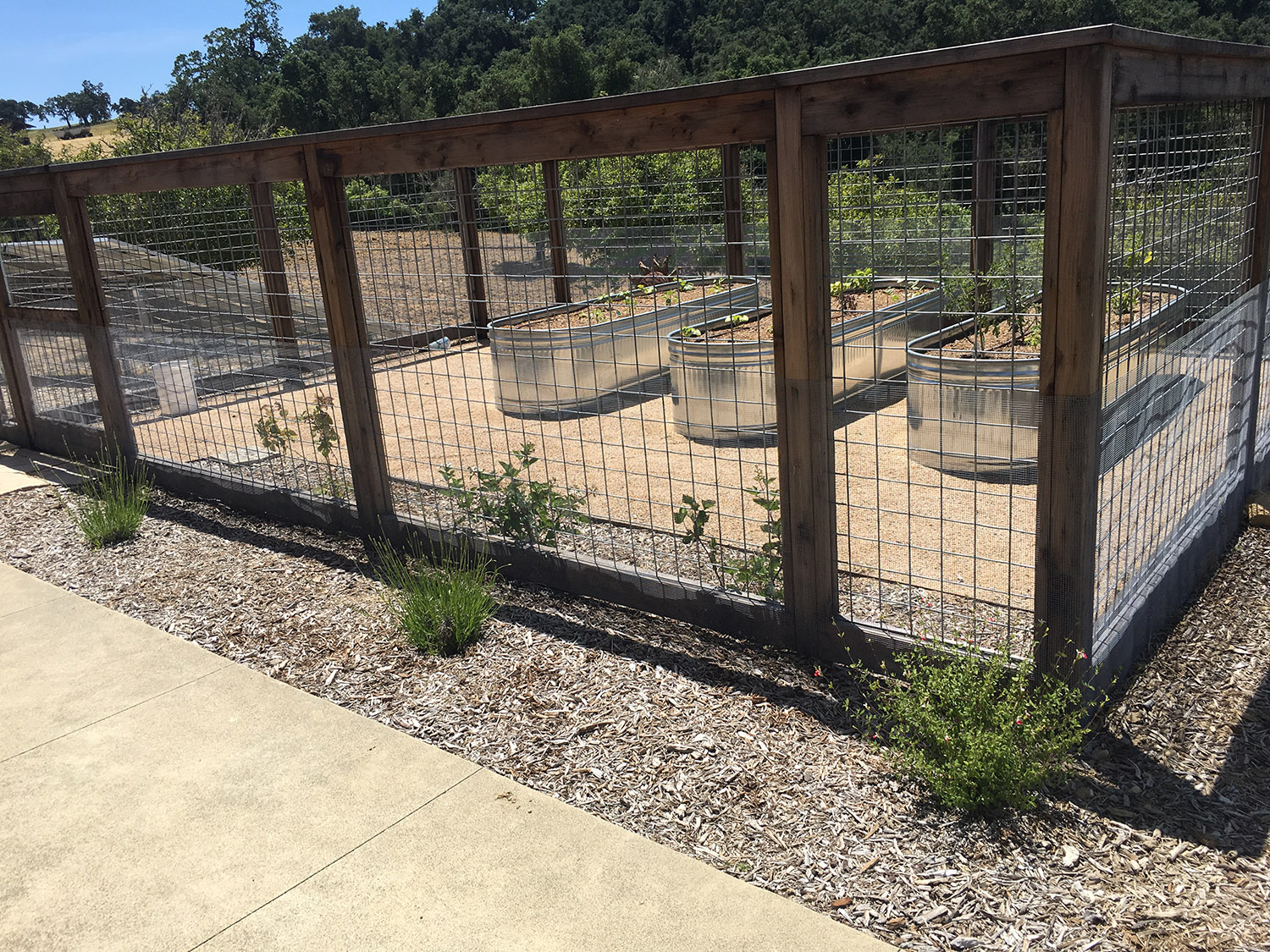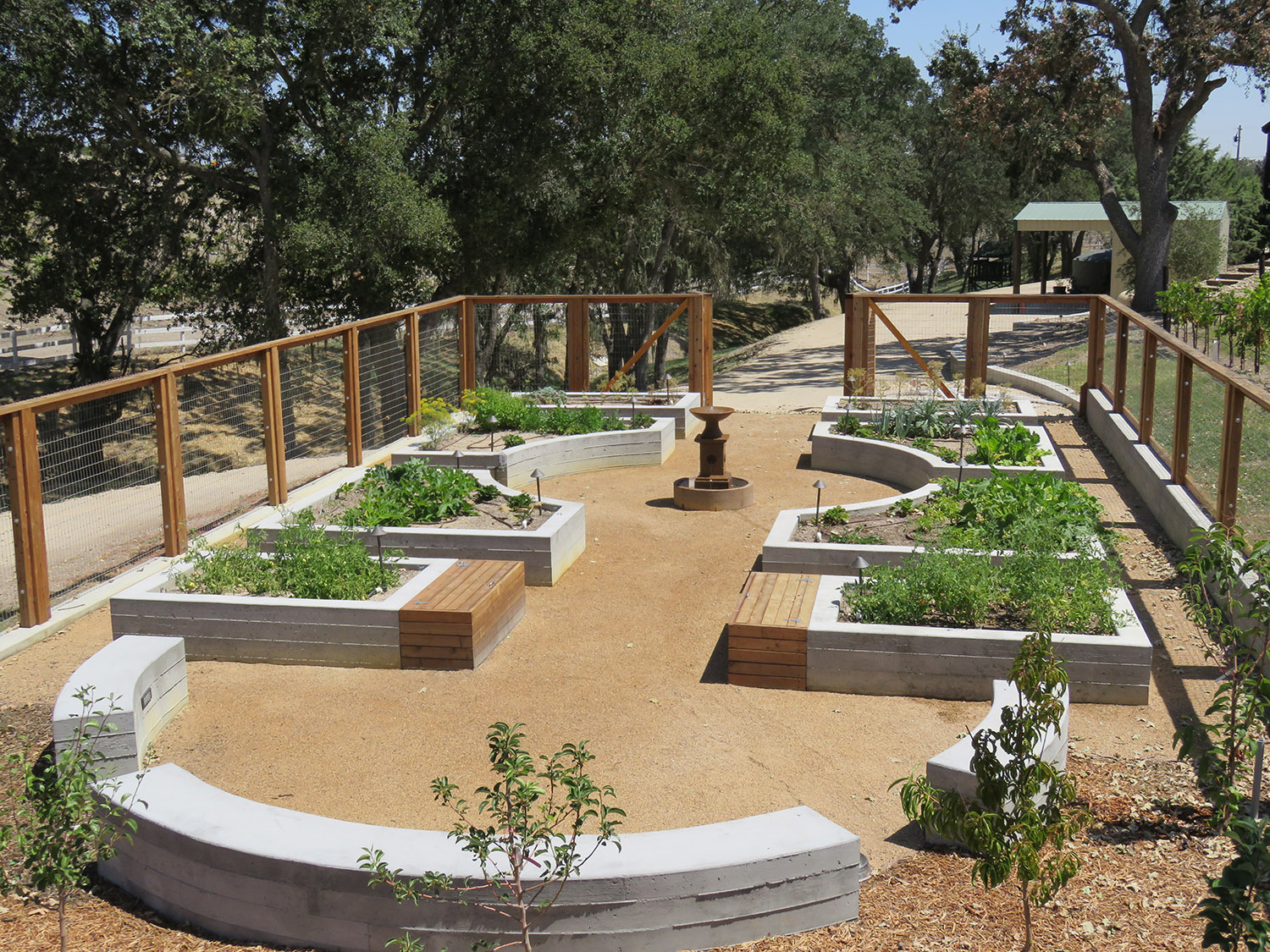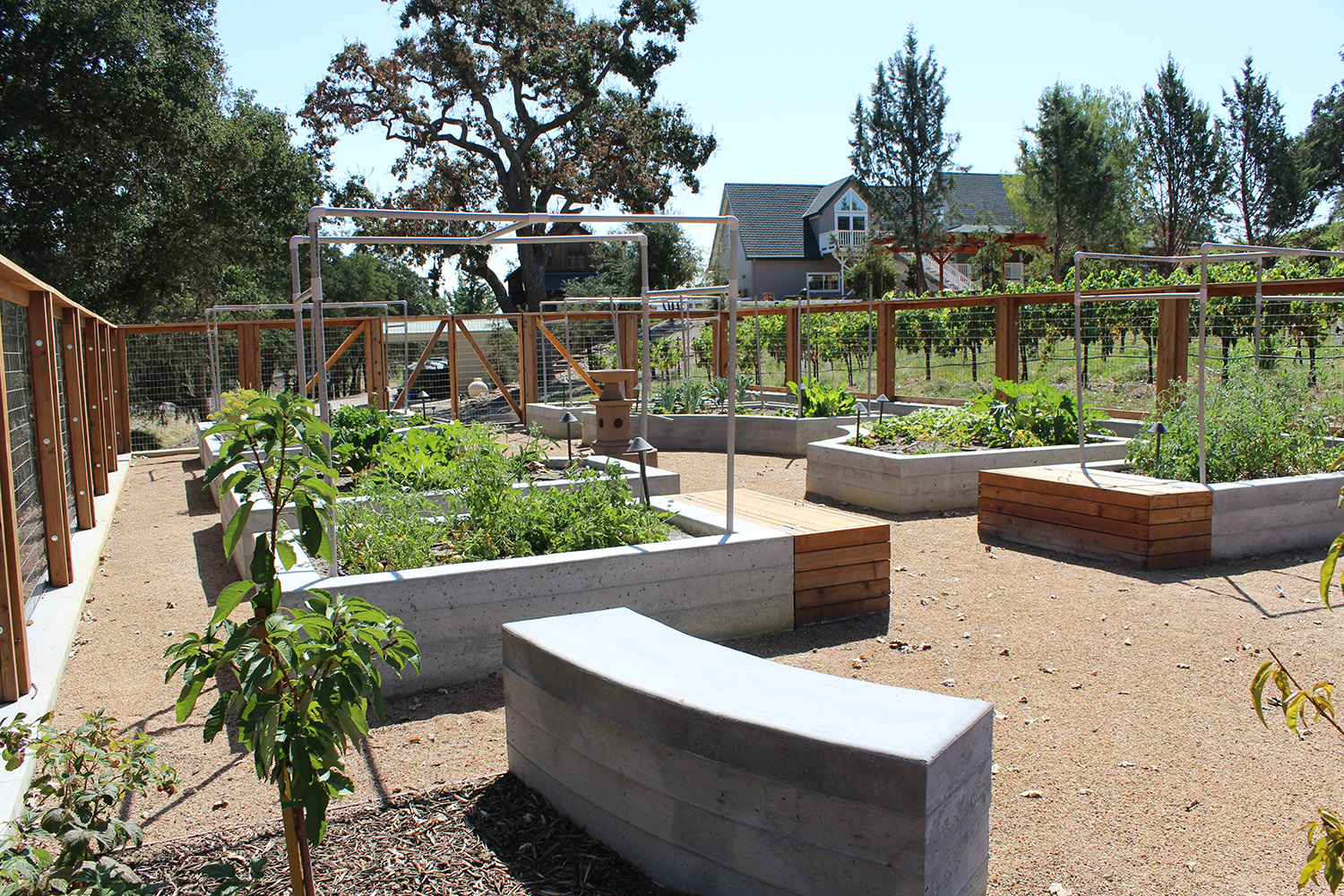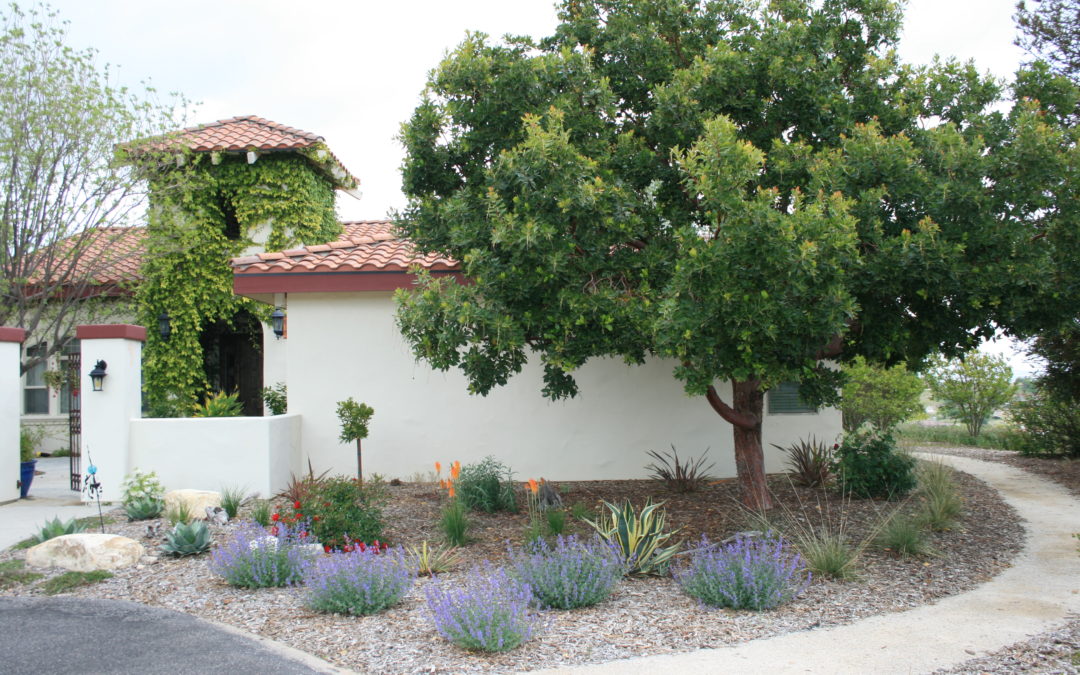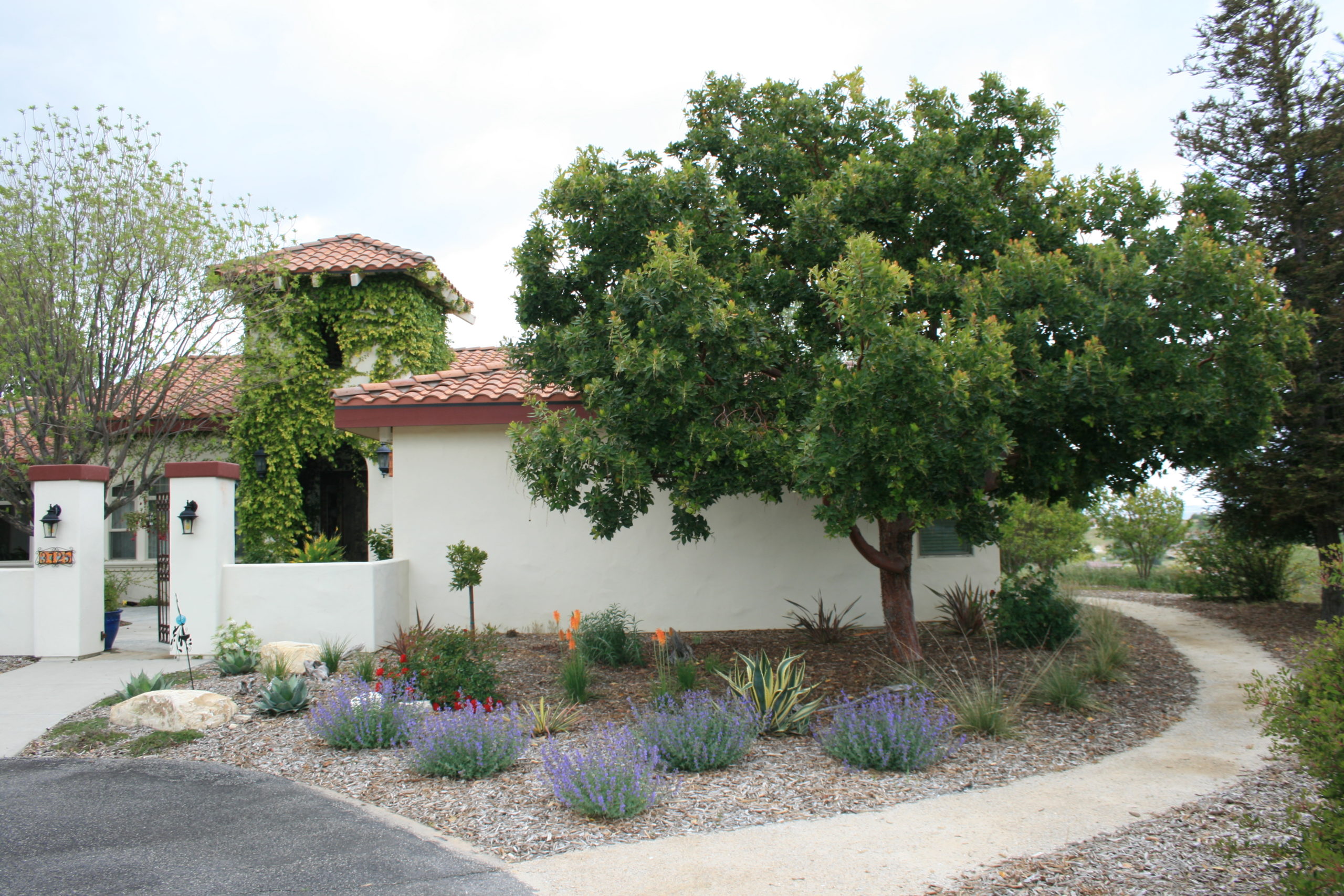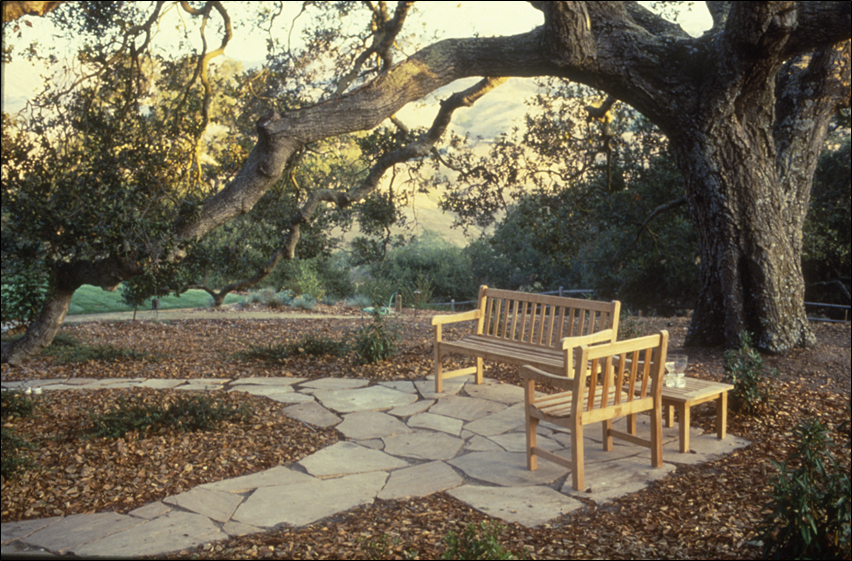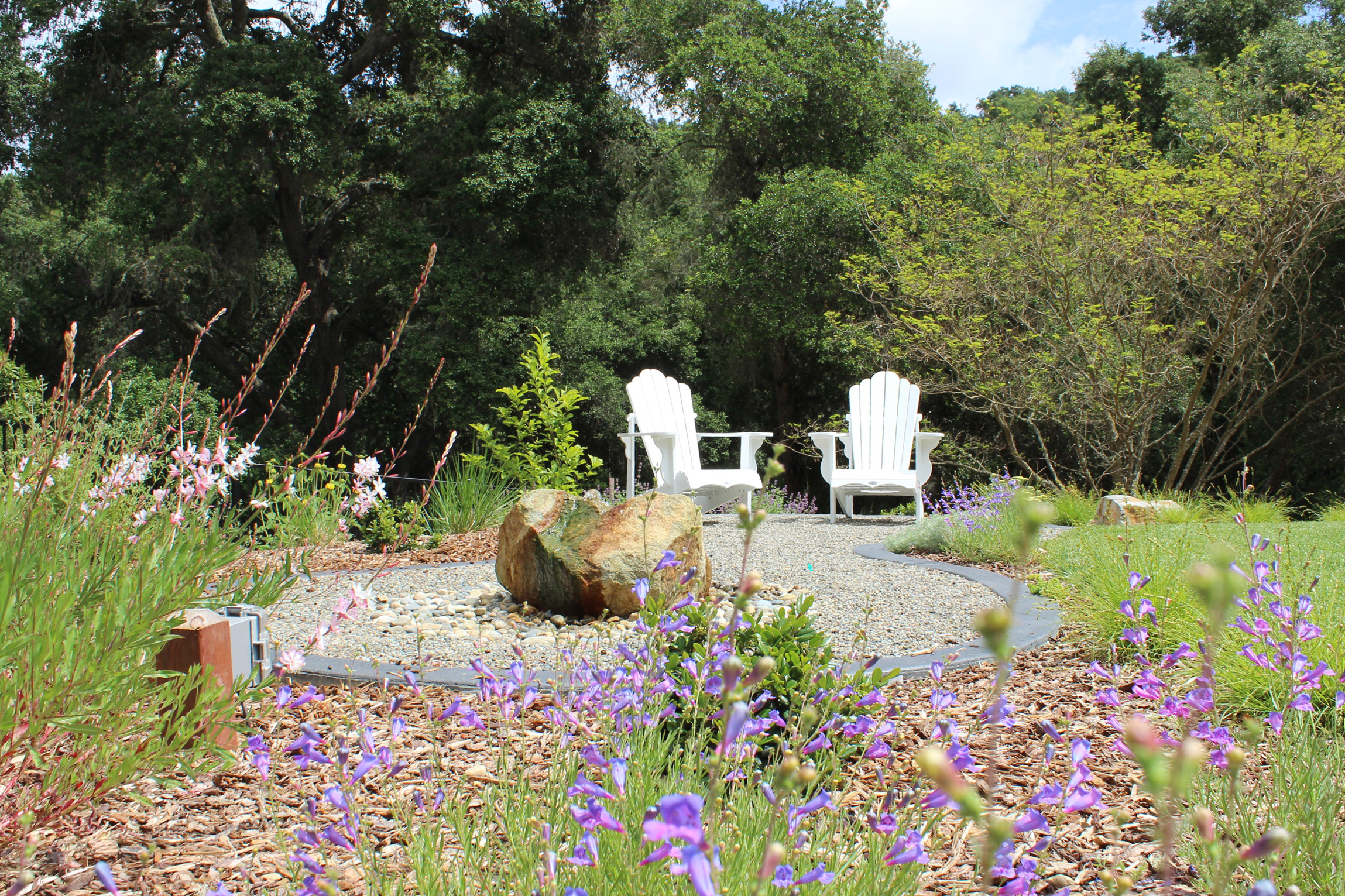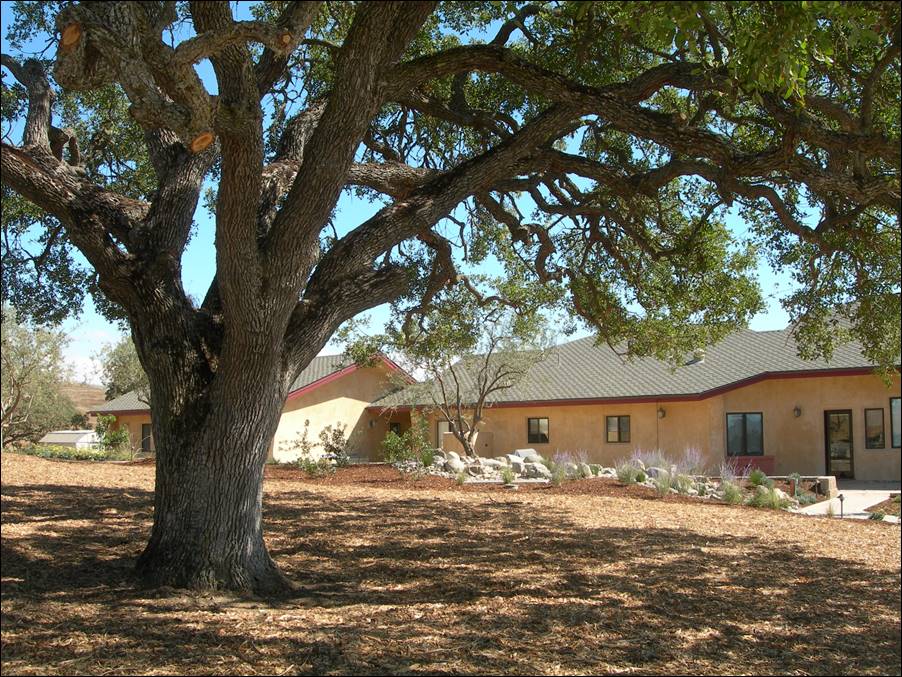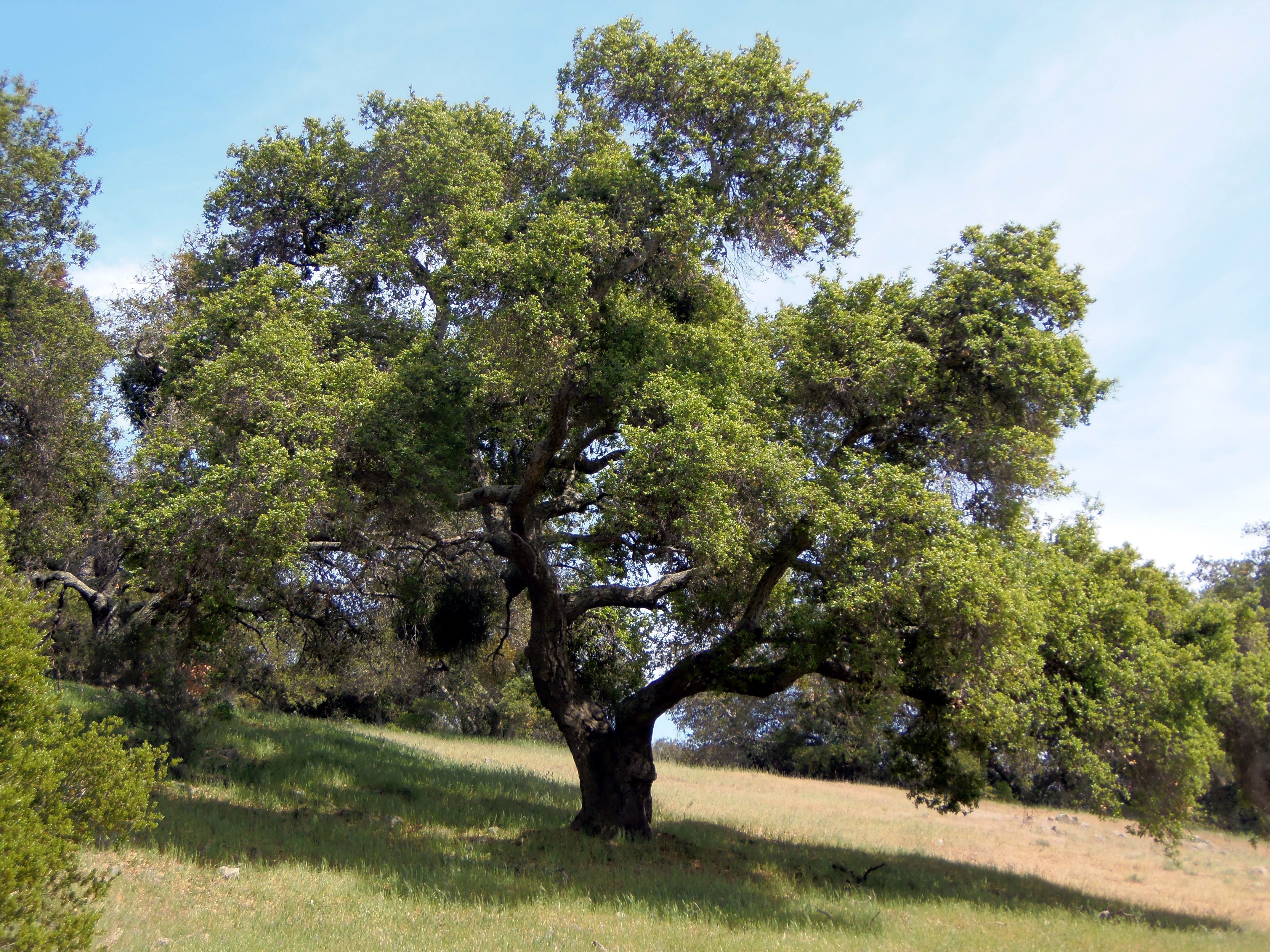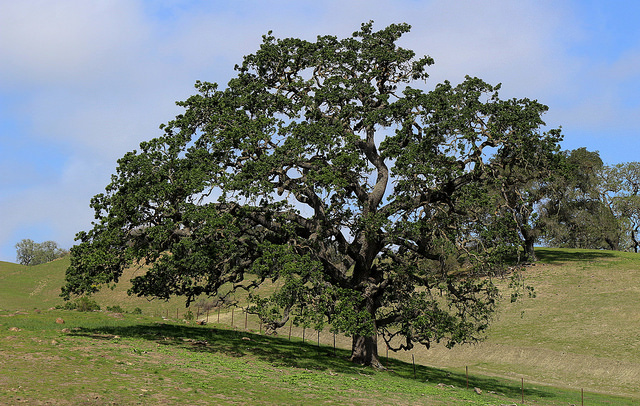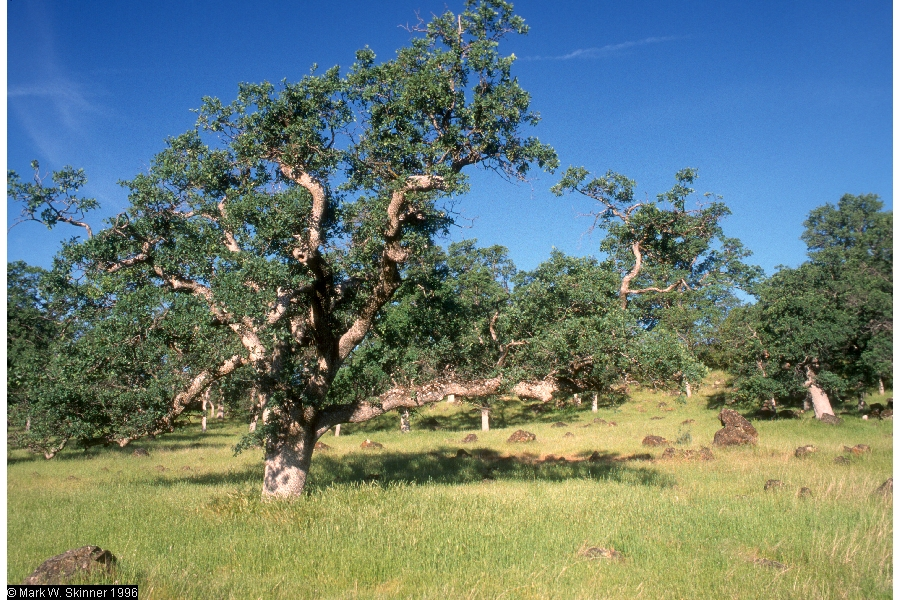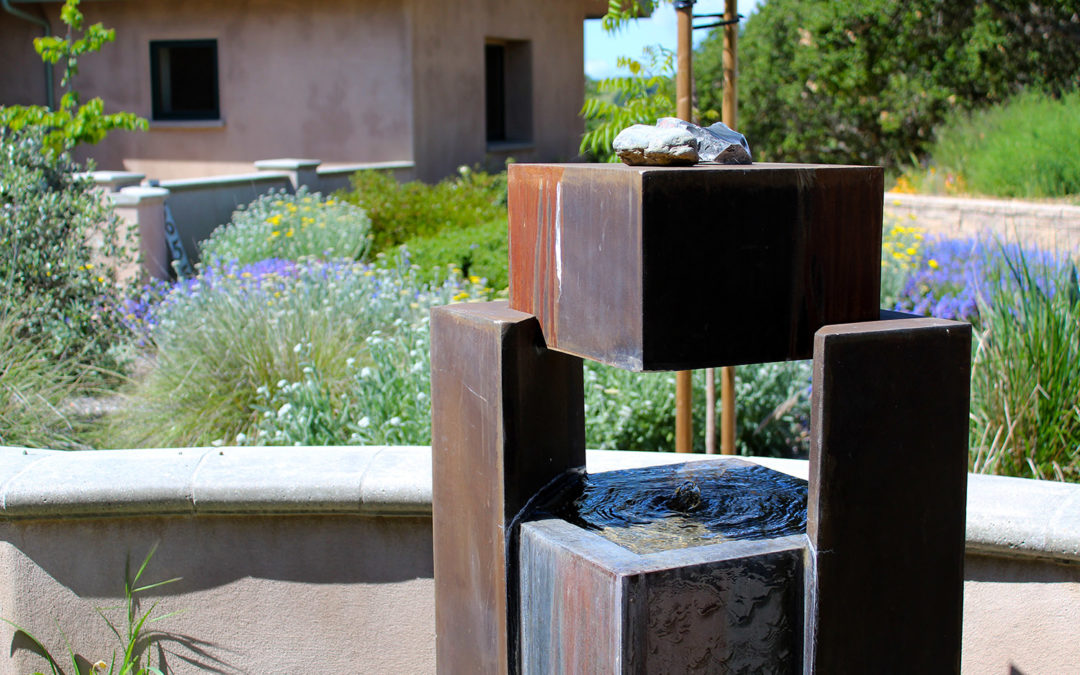
6 Steps to Designing Your Own Outdoor Sanctuary
Right now, it’s perfectly understandable to be looking forward to going anywhere but home, but there’s no reason we can’t transform the spaces we have into personal sanctuaries. So, when you close your eyes and imagine escaping to a place that brings you peace – where do you go? What about relaxing in your backyard? Let’s explore some of the elements that can help elevate our yards into places where we can escape.
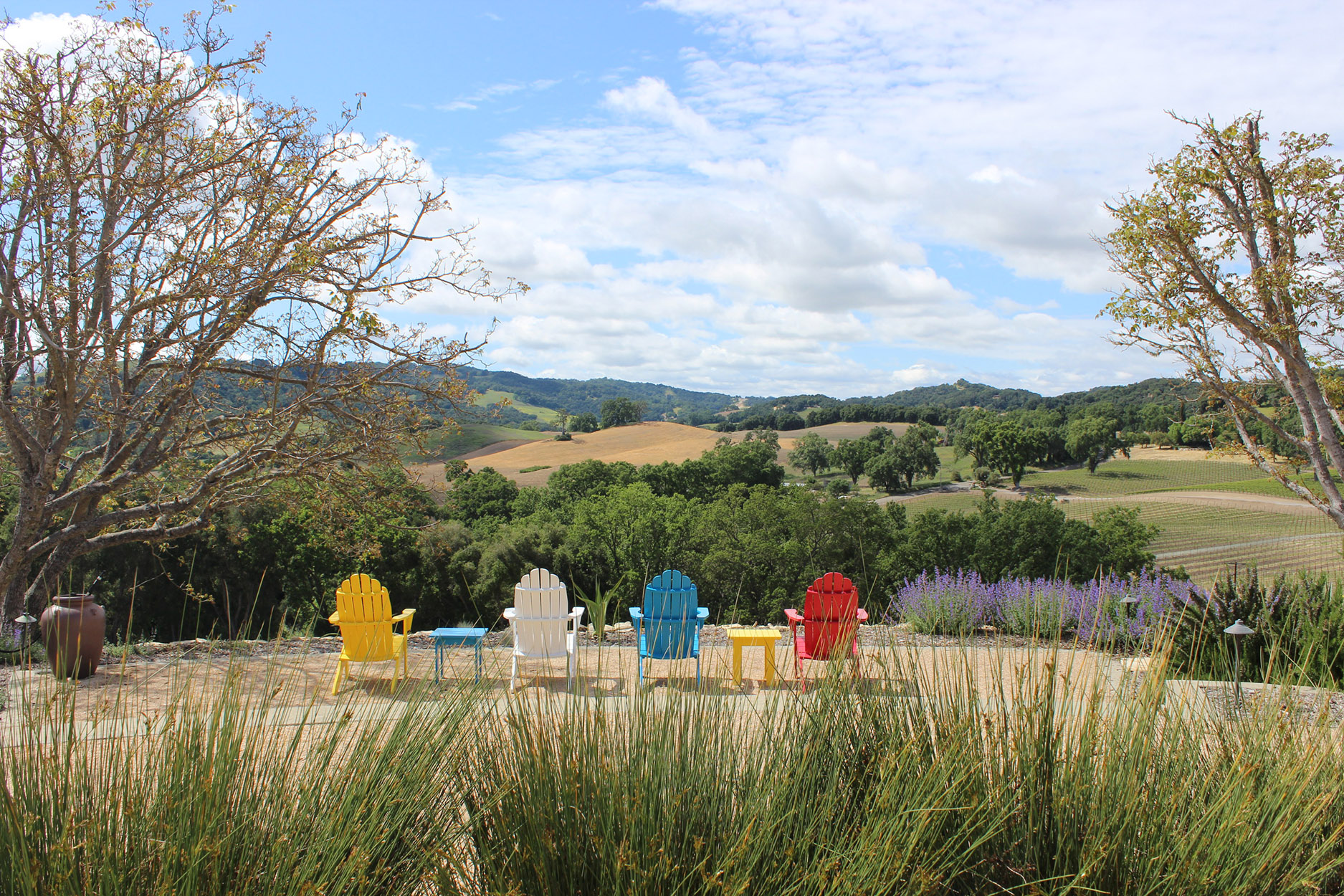
1. Seating
Nothing beats collapsing into a comfy chair and kicking your feet up after a long day. Whether it’s lounge seating or dining arrangement, spaces made for relaxing must have seating.
To make your seating area inviting, first, you must find a focal point. Some yards are open and have an ocean view or vista that they can enjoy. Those viewing areas are a perfect place to set lounge seating. However, if the yard is enclosed and without “borrowed” views, you can easily create a focal point using strategically placed plants and hardscape details. For example, if you want to seat a large group, arrange seating around a fire pit. It brings everyone’s focus inward, and the people you’re with become the center of attention. Another example is setting up lounge furniture that faces a water feature surrounded by potted plants. When space is limited, you can build integrated seating – such as seat walls or bench planters.
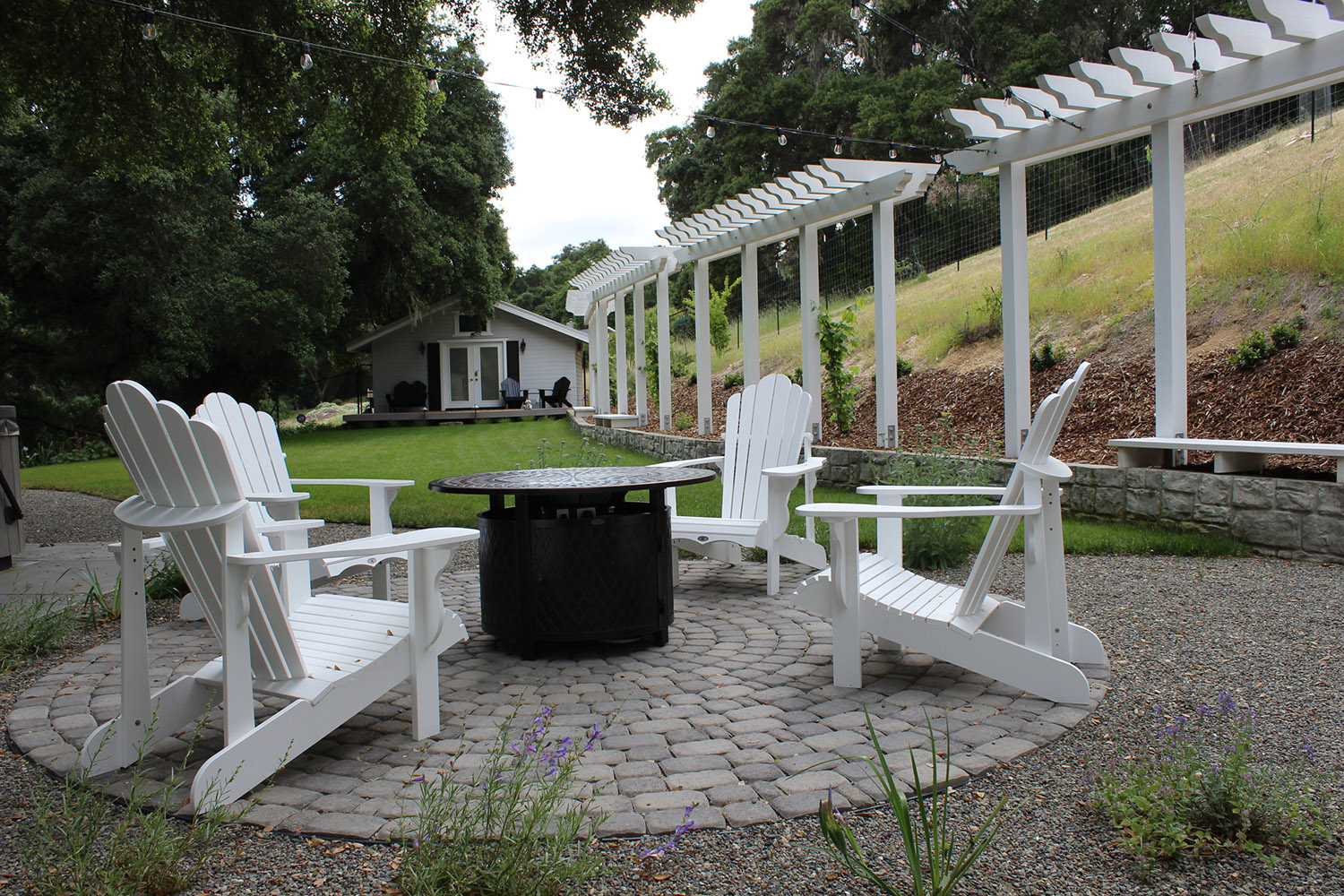
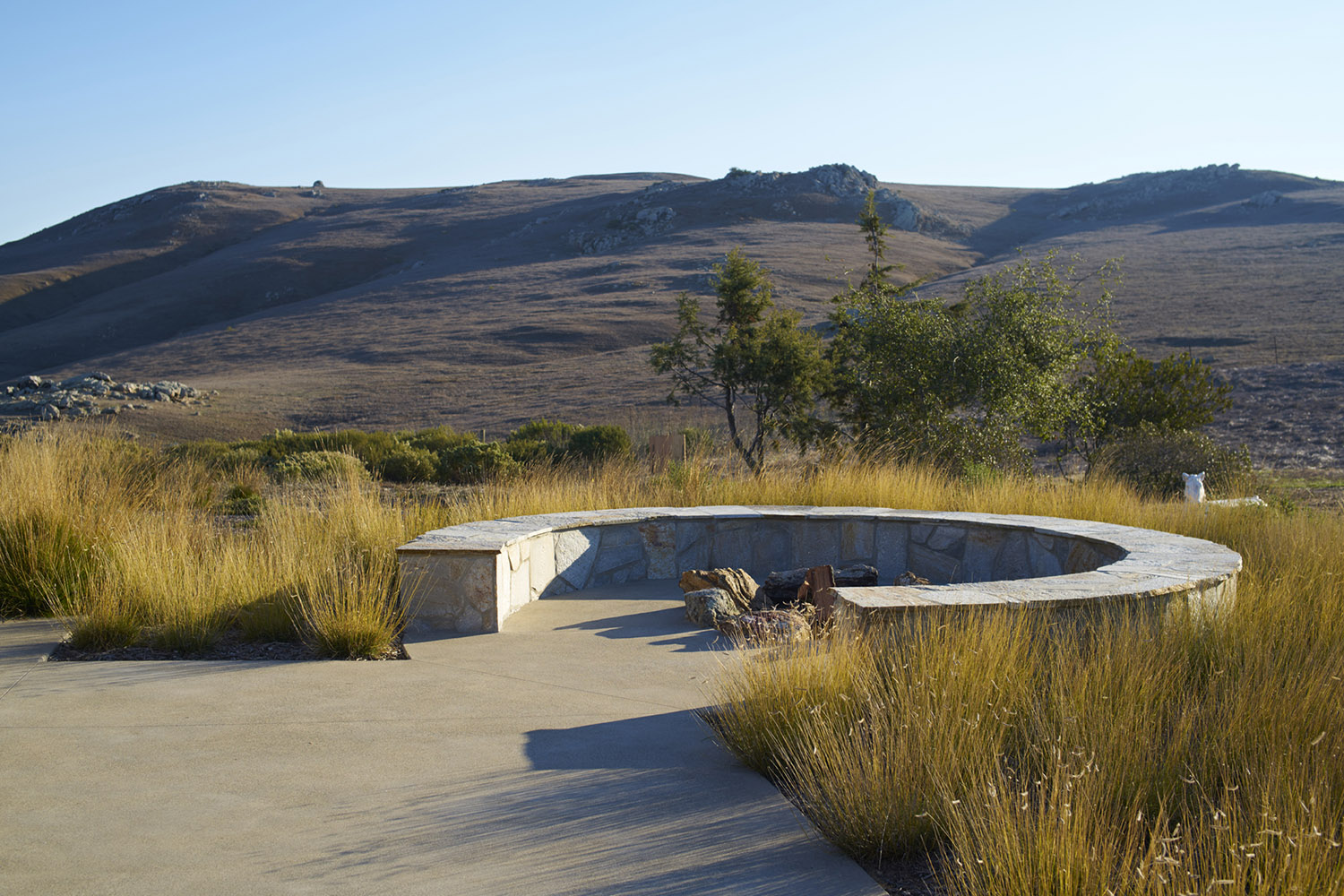
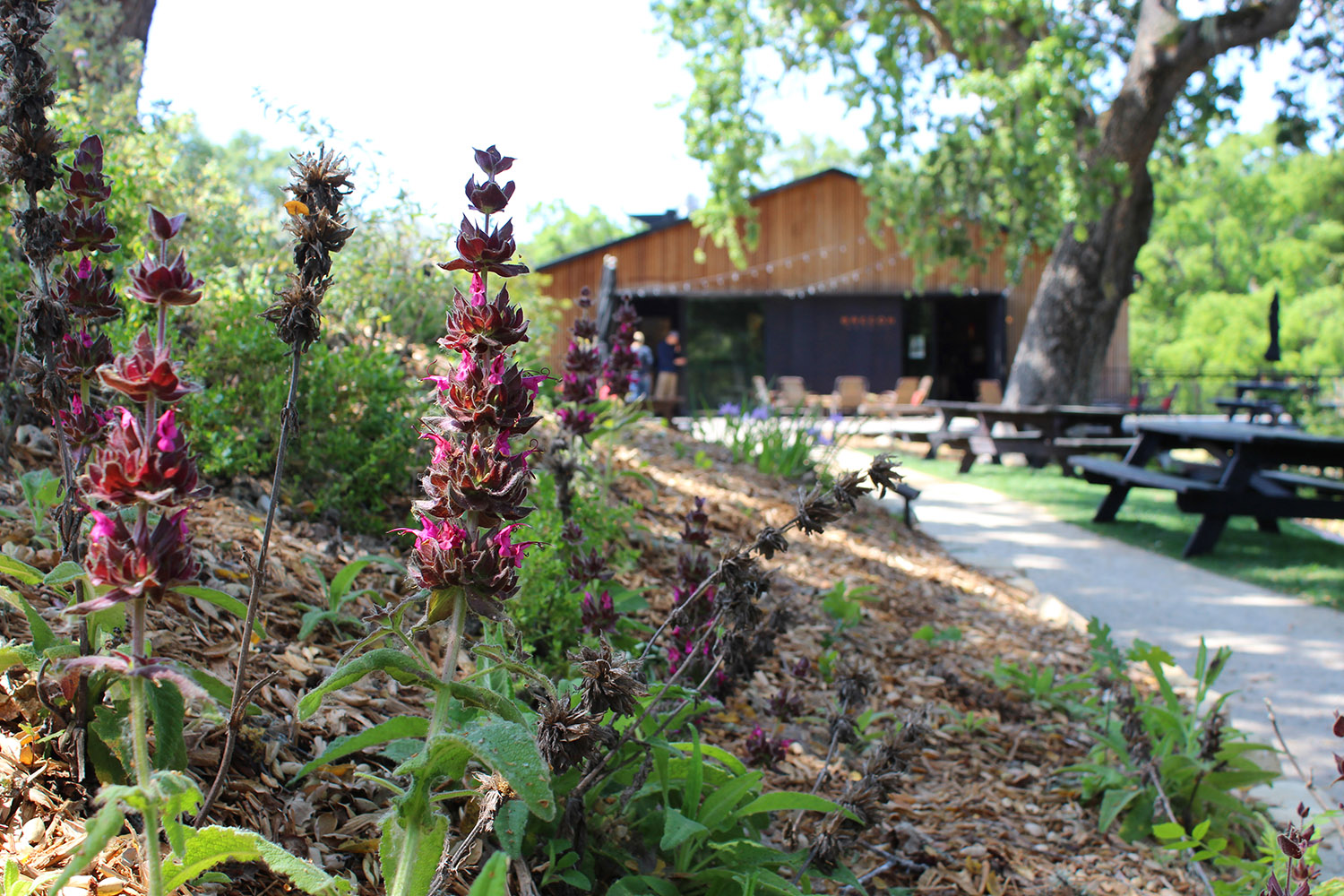
2. Plants
It might seem obvious, but greenery and live plant materials are vital to creating a calming, outdoor oasis. Looking at plants and flowers, whether indoors or outdoors, is a peaceful activity that distracts the mind from worries. It encourages living in the present moment and engages the senses to ease tension and stress.
Some plants offer wafting scents or the sound of rustling leaves when the wind blows; others have tactile features such as velvety leaves or textured bark. Plus, plants look great! There are endless combinations to utilize plants that will enhance the desired feel of a space.
Some of our favorite plants are jasmine and sage – for their pleasant fragrance – and sycamores and London planes – for sound and movement. To add texture, we recommend Artemesia and Pennisetum for their soft feel, and the barks of oaks and manzanitas add a more tactile experience.
Whether they’re planted in pots or the ground, “greening up” your space is a key to soothing your surroundings.
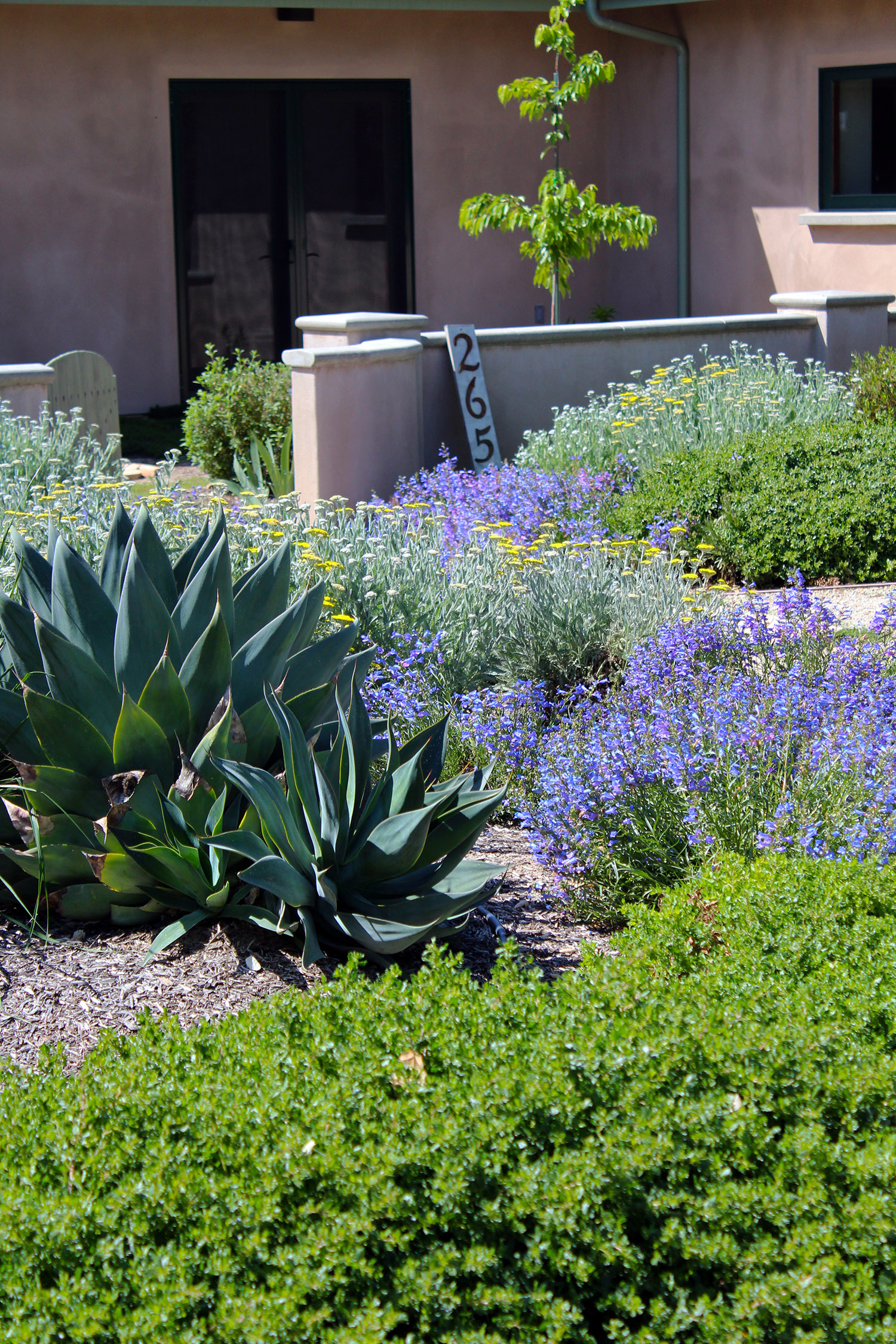
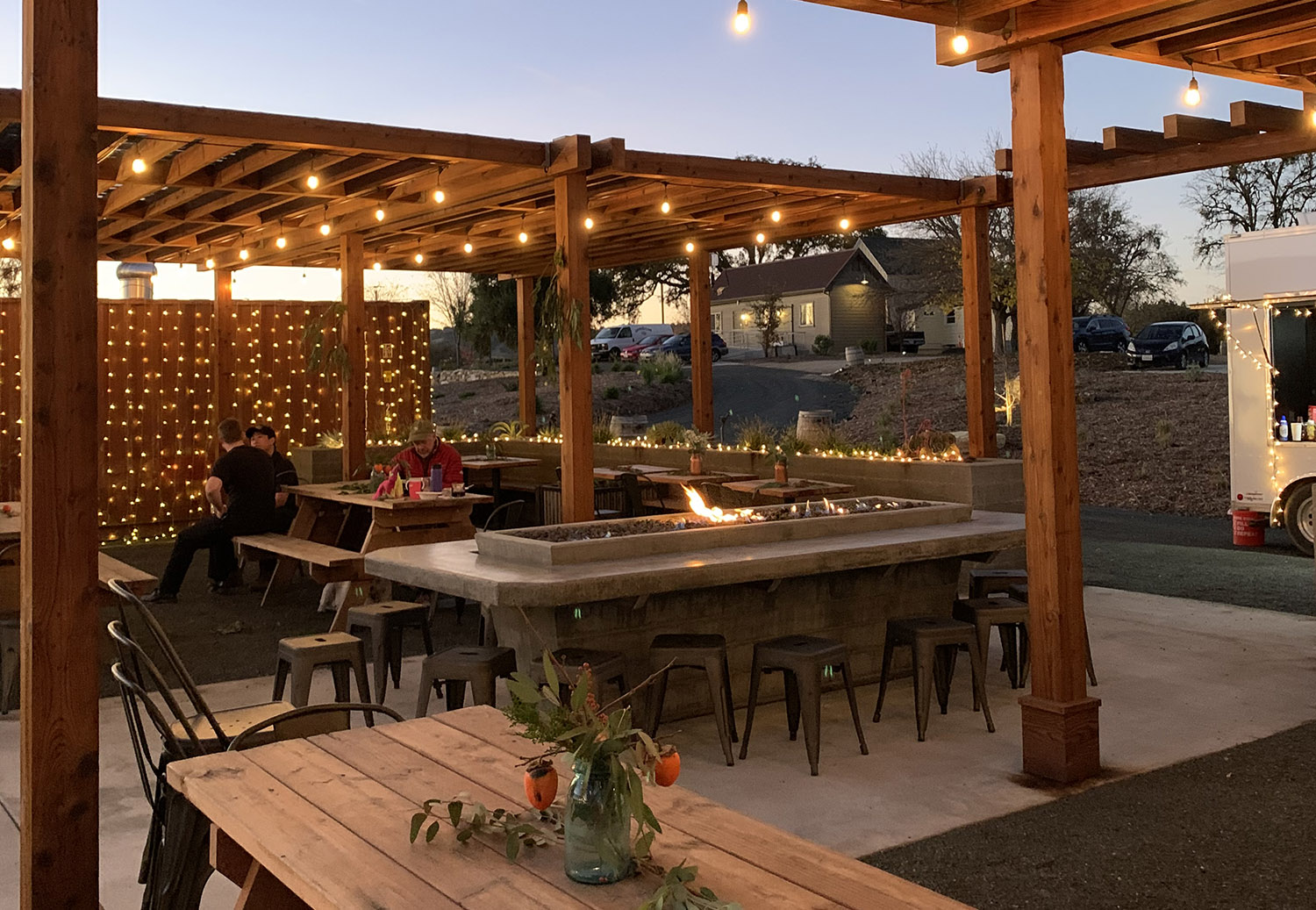
3. Lighting
Once the sun sets, lighting is essential to the functionality and ambiance of a space. When done correctly, lighting can completely change the mood of your space.
First, lighting should provide safety. Stairs and precarious edges of patios are especially important to provide bright, direct lighting. Second, it should define the boundaries of your space. Illuminating features like boulders or trees at the perimeter of your yard is not only pleasant to look, it also subconsciously instills a sense of security. Third, create the feeling of a warm room by illuminating trees, bushes, pergolas, and fences that will serve as walls. Lighting a few select features will cause your mind to connect the dots and feel the geometry of a room you have created.
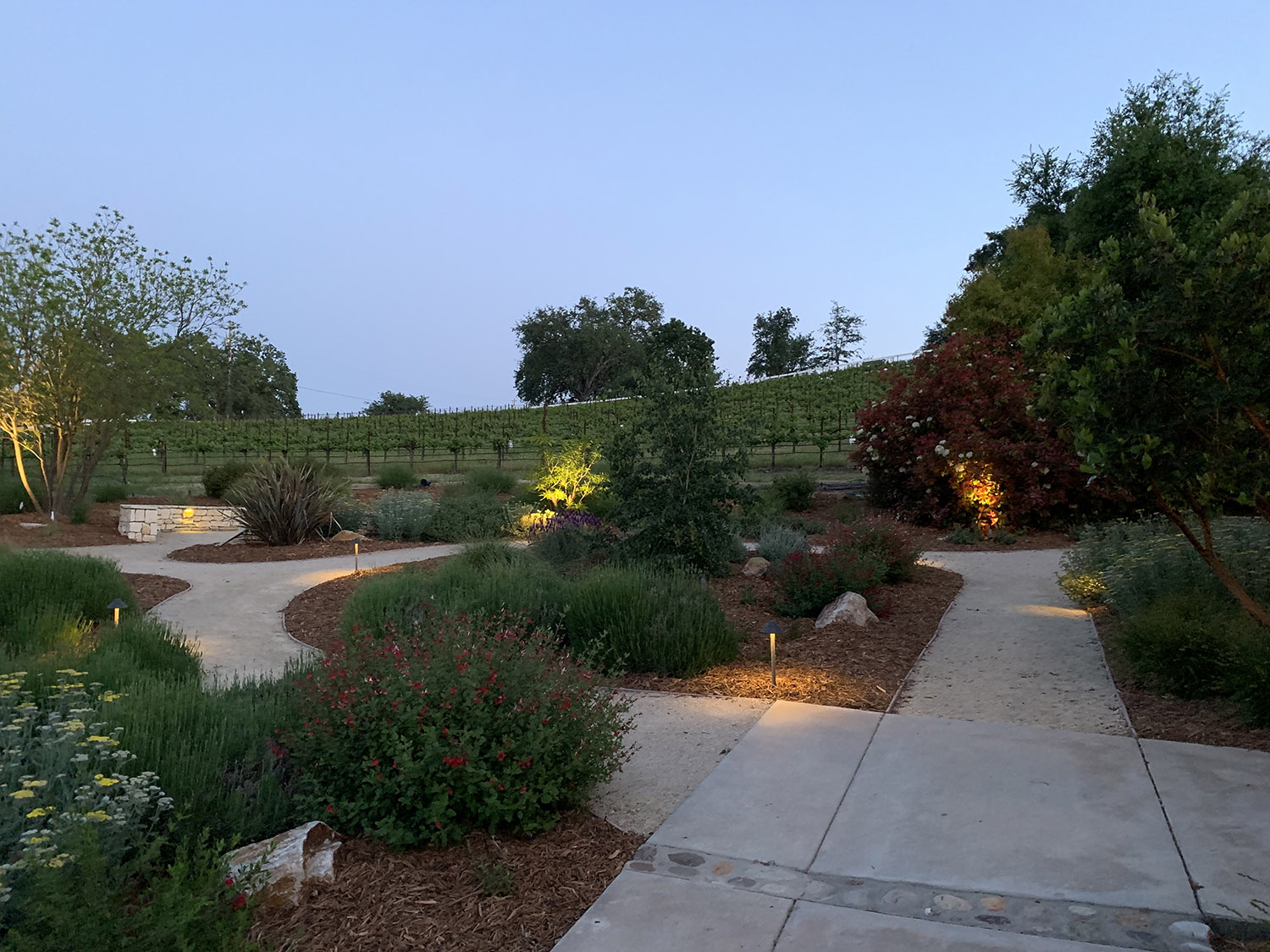
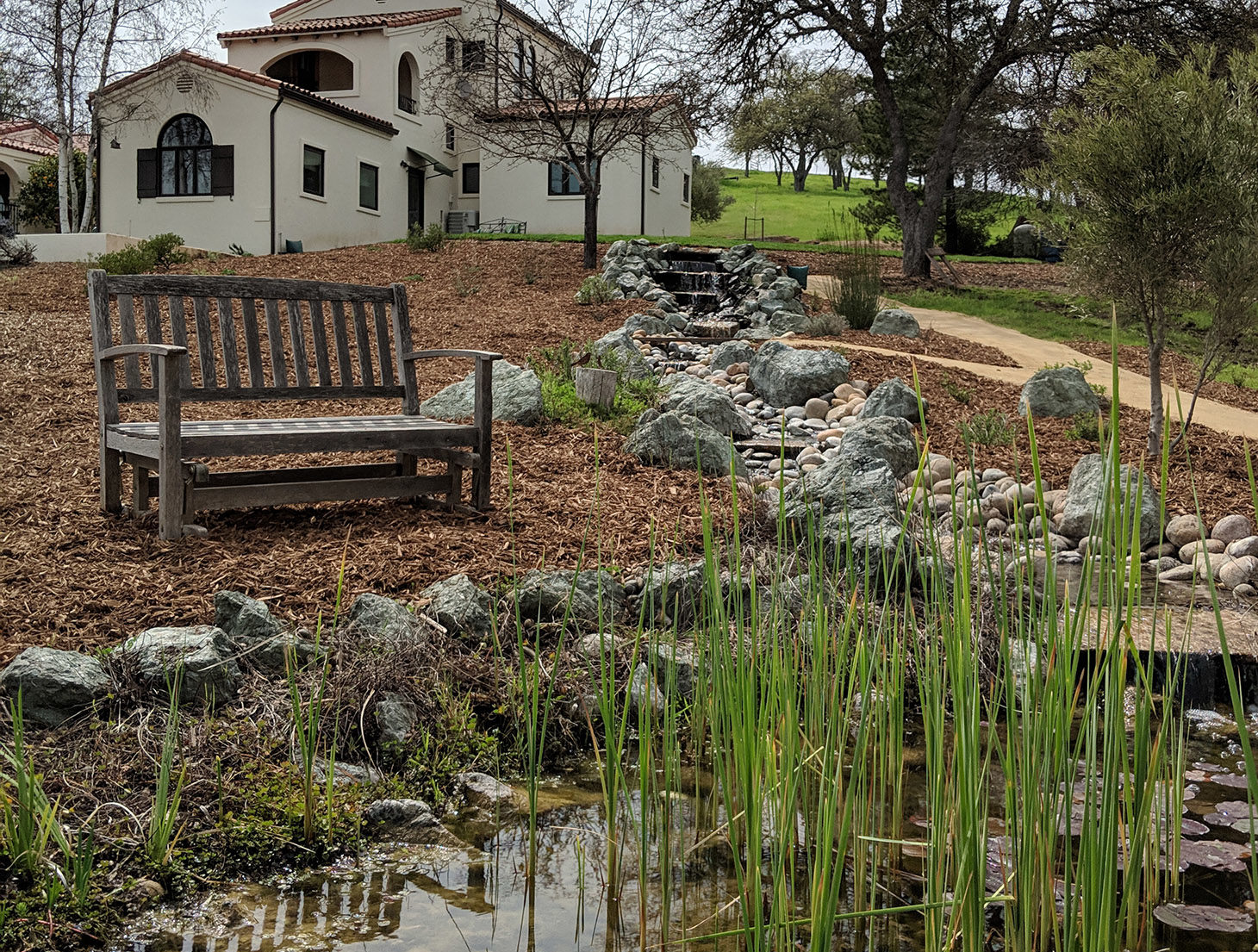
4. Water Features
Studies have proven that being near water can make you happier and less stressed. While not everyone can take advantage of living seaside, we can recreate the soothing effect of water by implementing water features in the landscape.
Core-drilled boulder fountains are one of our favorites since they fit seamlessly into the natural, native aesthetic we often find ourselves designing. Boulder fountains offer a subtle bubbling effect and don’t require the same level of maintenance as a traditional fountain since they are pondless – with their recirculating reservoir sitting below ground.
If subtlety isn’t what you’re after, there are other ways to make your water feature a more significant part of the landscape. Architecturally-integrated water walls are a unique feature that can enhance the architectural aesthetic of a structure. Standalone ponds can also offer a tranquil oasis without much-added noise, while waterfalls and spouted fountains can provide white noise, which also has a calming effect.
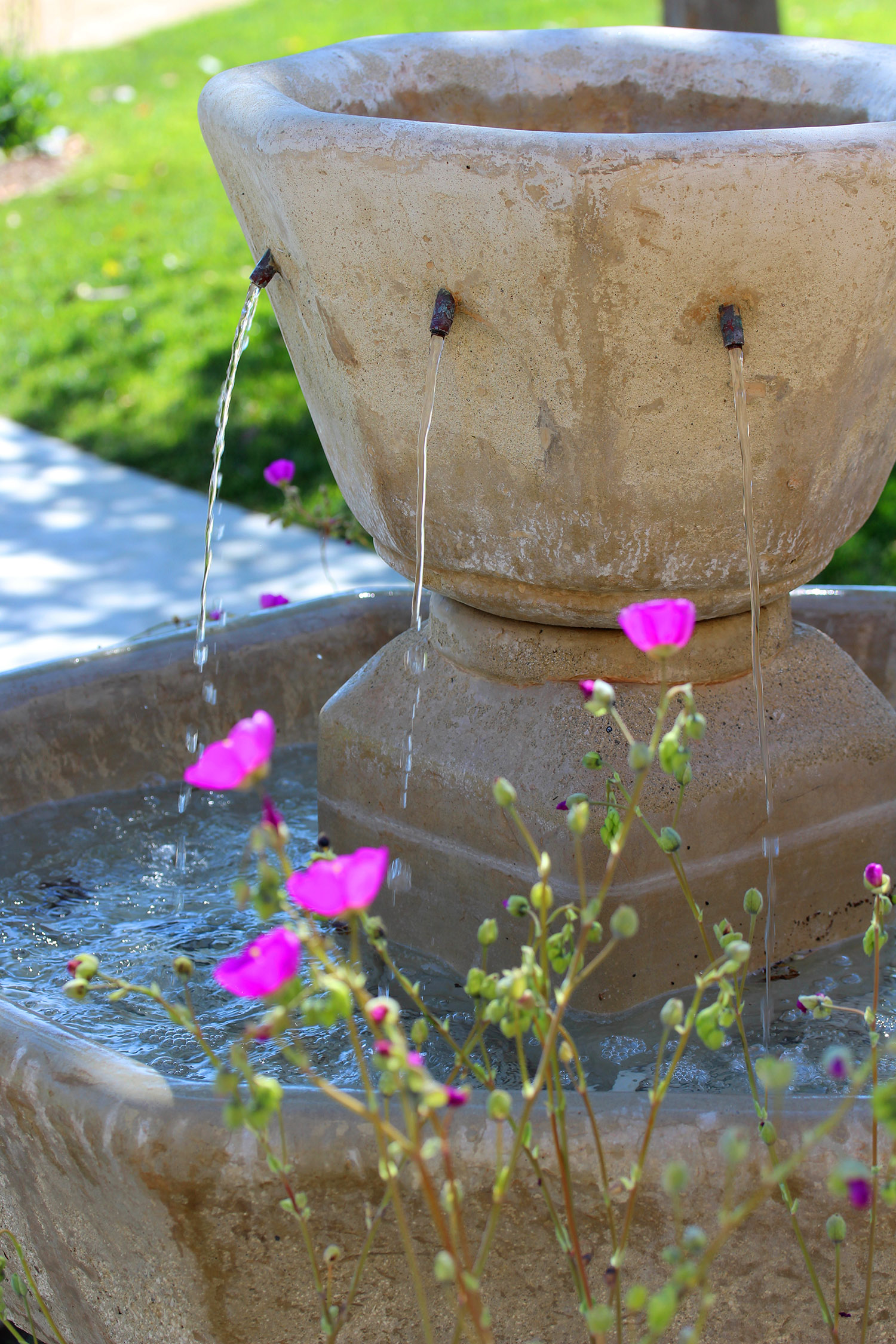
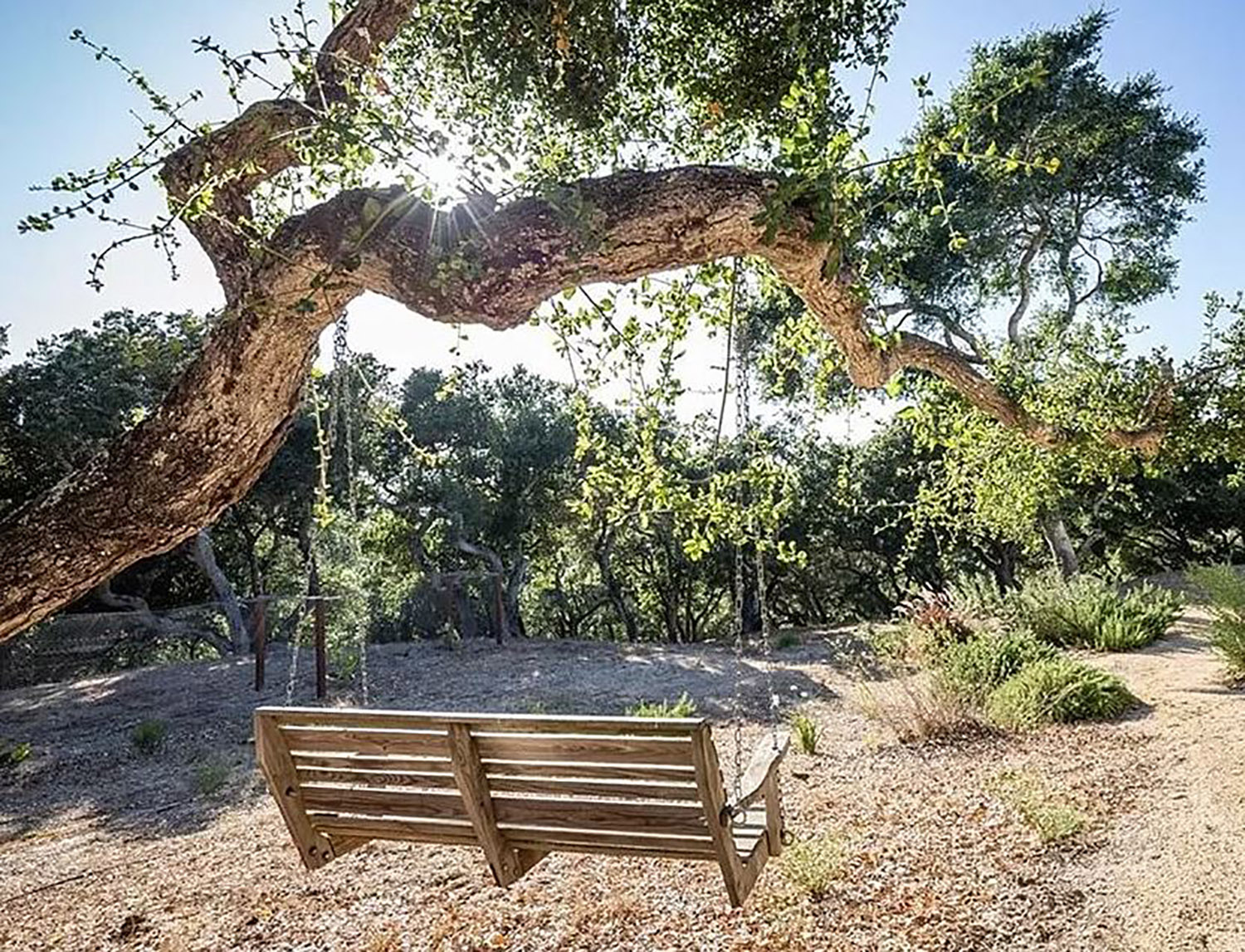
5. Nooks and Cozy Corners
When you’re looking for a place to relax, creating intimate nooks or vignettes, especially with seating, is a great way to give yourself a quiet place to hideaway. There is a sense of relief that comes with feeling like you are in a protected little corner of the world, especially when set in a familiar atmosphere like your own backyard.
These special spaces are perfect for receiving some extra attention. Enhancing these spaces, or creating them from scratch, can be as simple as adding intentional seating in a sheltered corner of the yard, or growing some plants over an arbor and adding a bench below. But, sometimes, these unique places don’t necessarily have to be tucked away in a corner. They can be in the open – like a swing hanging from a tree, or Adirondack chairs amid a tall, grassy meadow. The key is to find the spaces where you feel at ease and add to them in a way that makes them more private and cozy.
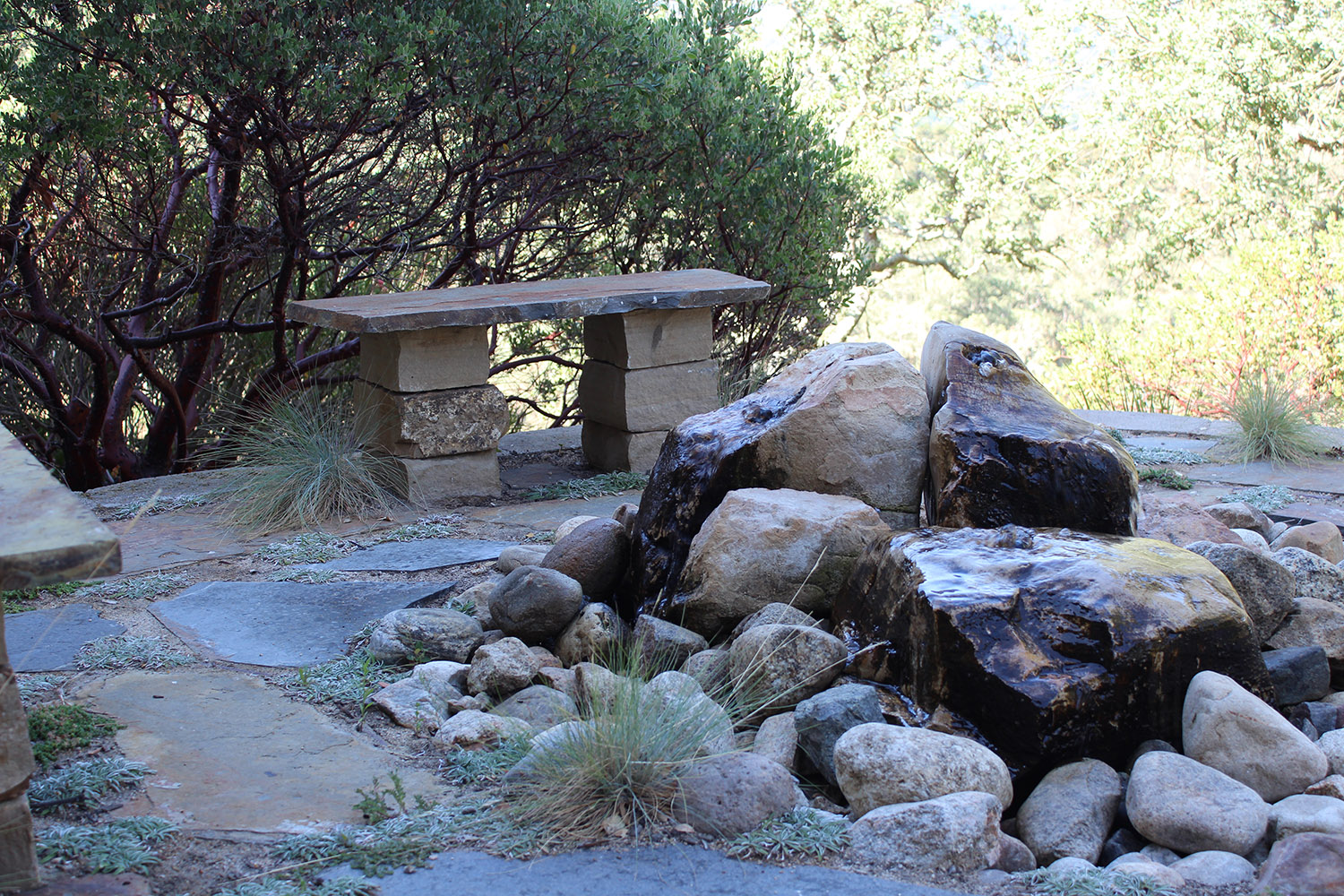
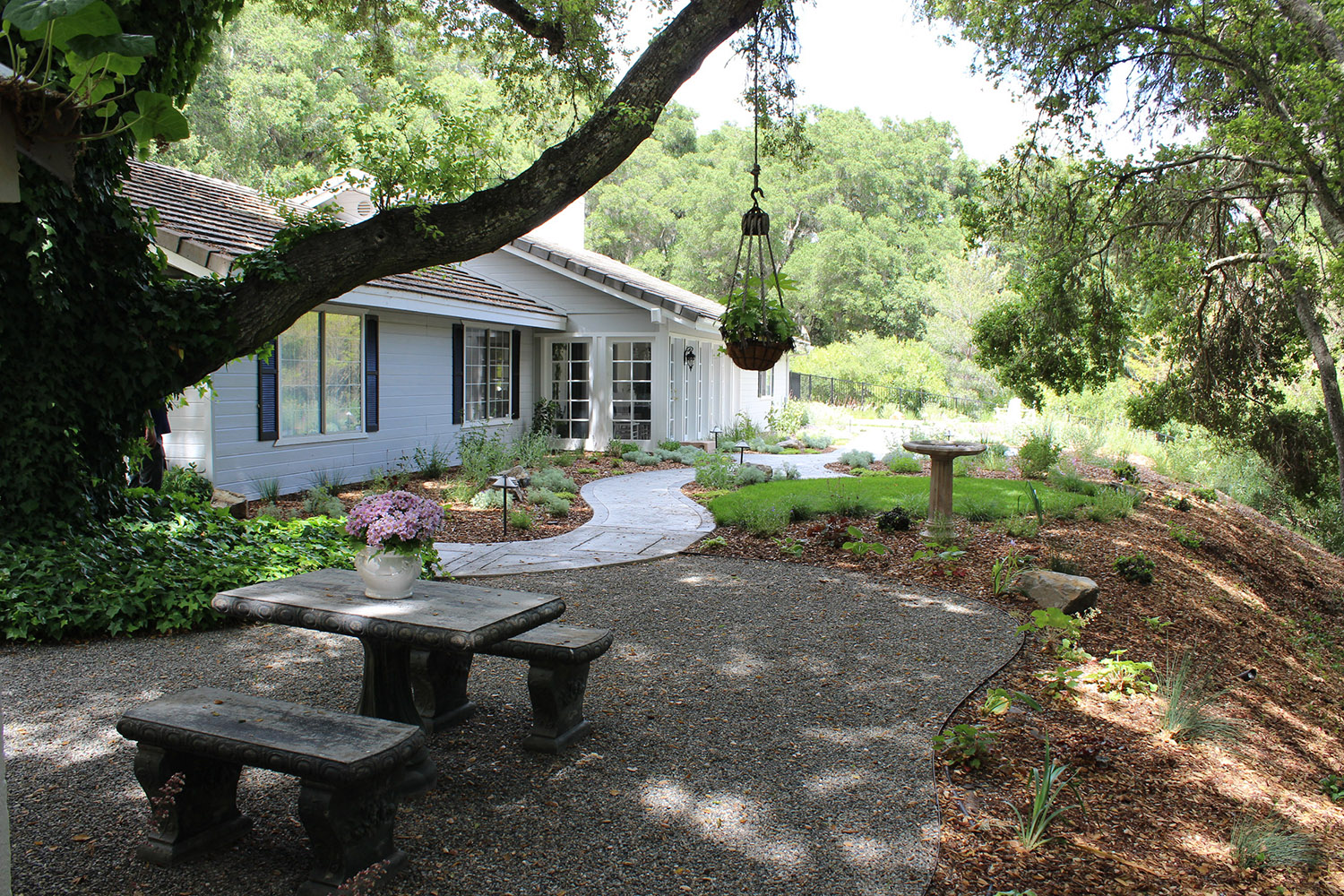
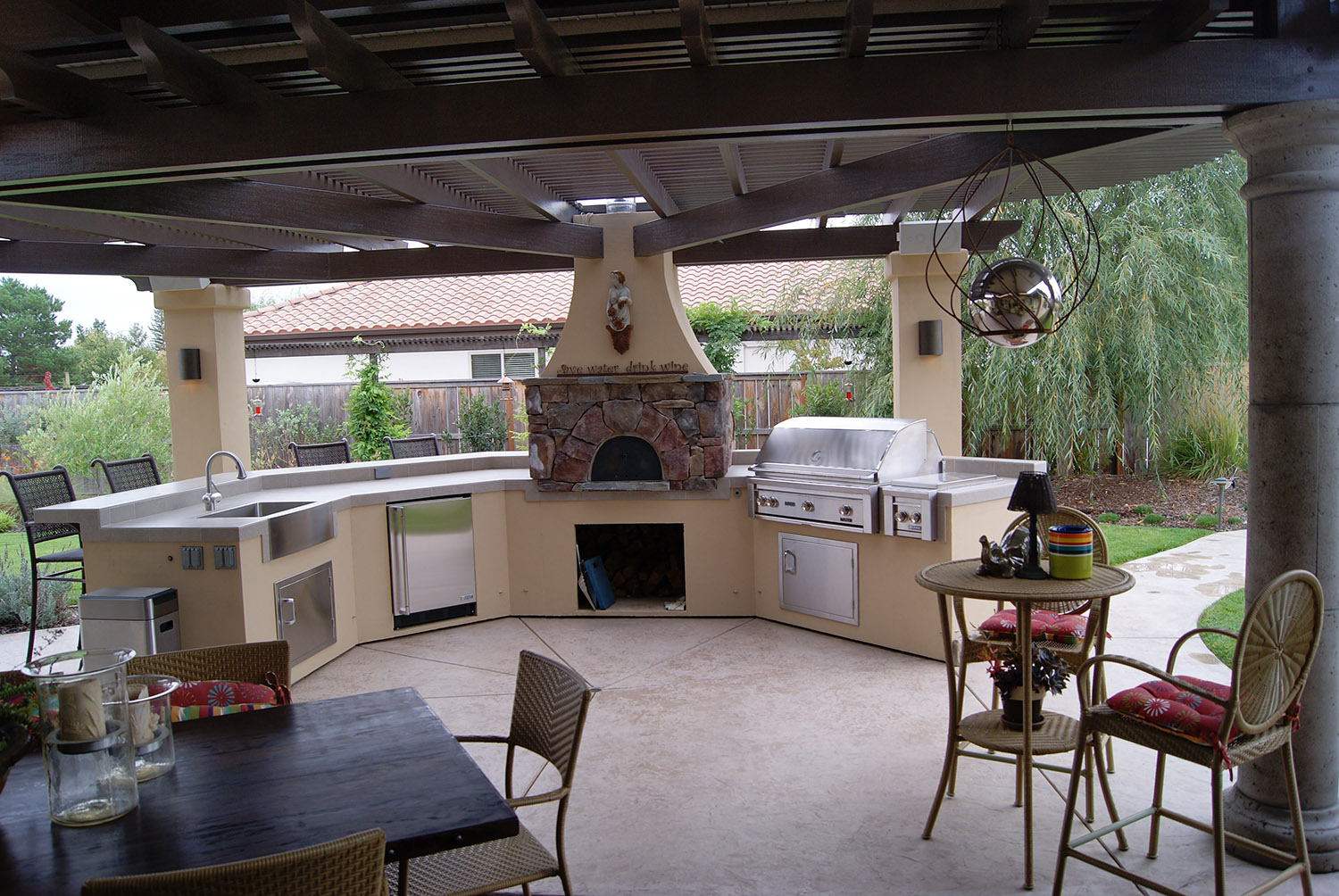
6. Useable Features
What does your yard need to draw you outside and use it? This question is essential when going through the design process because “destination” features throughout the landscape move people through the space with purpose.
While making spaces look beautiful is always part of the goal, making them useable is just as important. For example, cooking usually takes place inside, and sometimes feels like a chore. But, placing an outdoor kitchen into your backyard getaway can make cooking for the family feel like it is on vacation. Even if it’s just a grill with a little counter space, outdoor kitchens are convenient and useful enough to be used any day of the week – not only weekends or special occasions.
Fire features are another useful, popular request. Just as humans are attracted to water, they are also attracted to fire. There are firepit shapes, fuel types, and styles for every space. A small, wood-burning pit is rustic and offers the nostalgia of sitting around a campfire roasting marshmallows. More modern fire bowls fit a different aesthetic and provide the same warmth and coziness of a flame without the presence of smoke.
Other worthy features for your backyard oasis might be designated spaces for games such as a bocce court, horseshoe rings, or open lawn; or more stylized areas for reflection such as labyrinths or reflexology paths.
